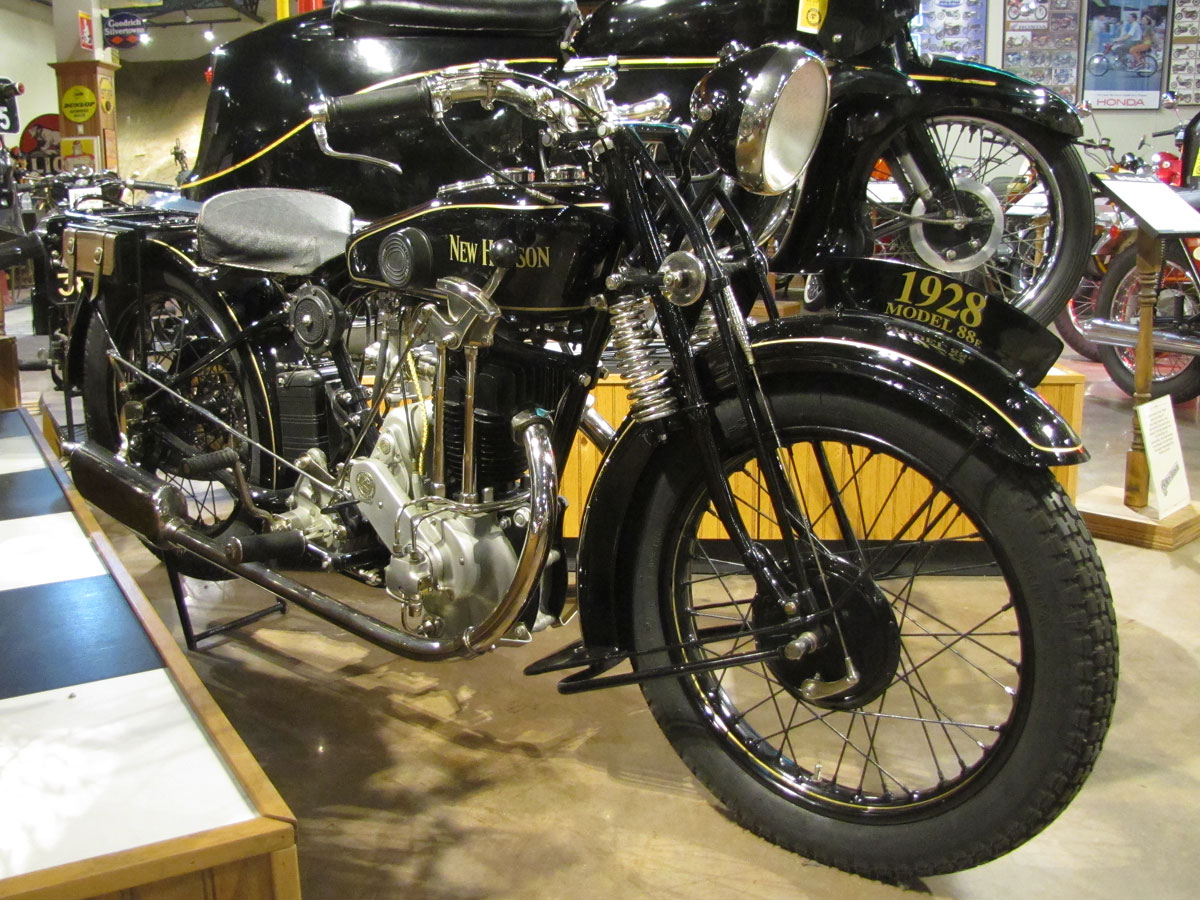
Period references state that during 1927, a race-prepared New Hudson with special engine, forks, frame and gearbox set 10 world records plus a “Brooklands Championship” at 101.43 mph. The New Hudson 500 was the first motorcycle to exceed 100mph at Brooklands, the banked, concrete track in the south of England. And another race-prepared New Hudson took second in the 500cc class in the challenging Isle of Man TT that year. New Hudson had two of the leading engineers and riders of the time, Herbert LeVack, designer of the J.A.P. speedway engine, and Fred Hutton.
The New Hudson is a typical British motorcycle of the period. A good number of builders, like George Brough also used sourced engines at first. But by 1911 New Hudson engines were in-house designs. Handsome finishes included black enamel with gold leaf striping, bright polished alloy with some nickel and chrome details. The handsome Webb fork is not often seen with the coil springs aft. Friction dampers of this type were typical of the era, used on many cars and motorcycles.New Hudson began as a bicycle maker, then became a motorcycle maker in Birmingham, England in 1903. Motorcycle production ceased temporarily in 1932, and New Hudson became Girling LTD, a manufacturer of shock absorbers. After World War II the New Hudson name was revived as a subsidiary of BSA and manufactured lightweight machines.
When you visit the National Motorcycle Museum you’ll see a wide range of British motorcycles from a 1902 Whitley of Coventry through great Douglases, Rudges, Ariels, Vincents, Broughs, Velocettes and of course Triumphs, BSA’s and Nortons. Past Featured Bikes are available for viewing on the Museum website under the Motorcycles tab.
Specifications:
- Engine: Four-Stroke, Twin Port Air-Cooled Single
- Type: Overhead Valve, Two Valves per Cylinder
- Bore & Stroke: 79.5mm x 100mm
- Displacement: 496cc’s
- Compression Ratio: 6.0:1
- Ignition: Lucas Mag-dyno
- Carburetor: Amal
- Starting: Kick
- Lubrication: Dry Sump
- Horsepower: 16HP
- Primary: Chain Driven
- Clutch: Dry, Multi-Plate
- Final Drive: Chain
- Transmission: 3-Speed
- Frame: Single Down Tube, Steel
- Suspension: Webb Girder Fork / Rigid, Sprung Seat
- Brakes: Drum Front / Drum Rear
- Wheelbase: 55 Inches
- Wheels / Tires: 3.25 x 26 / 3.25 x 26
- Weight: 435 Pounds
- Top Speed: 78MPH
Leave a Reply
Want to join the discussion?Feel free to contribute!
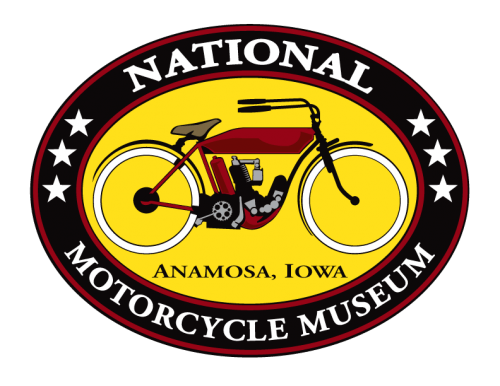
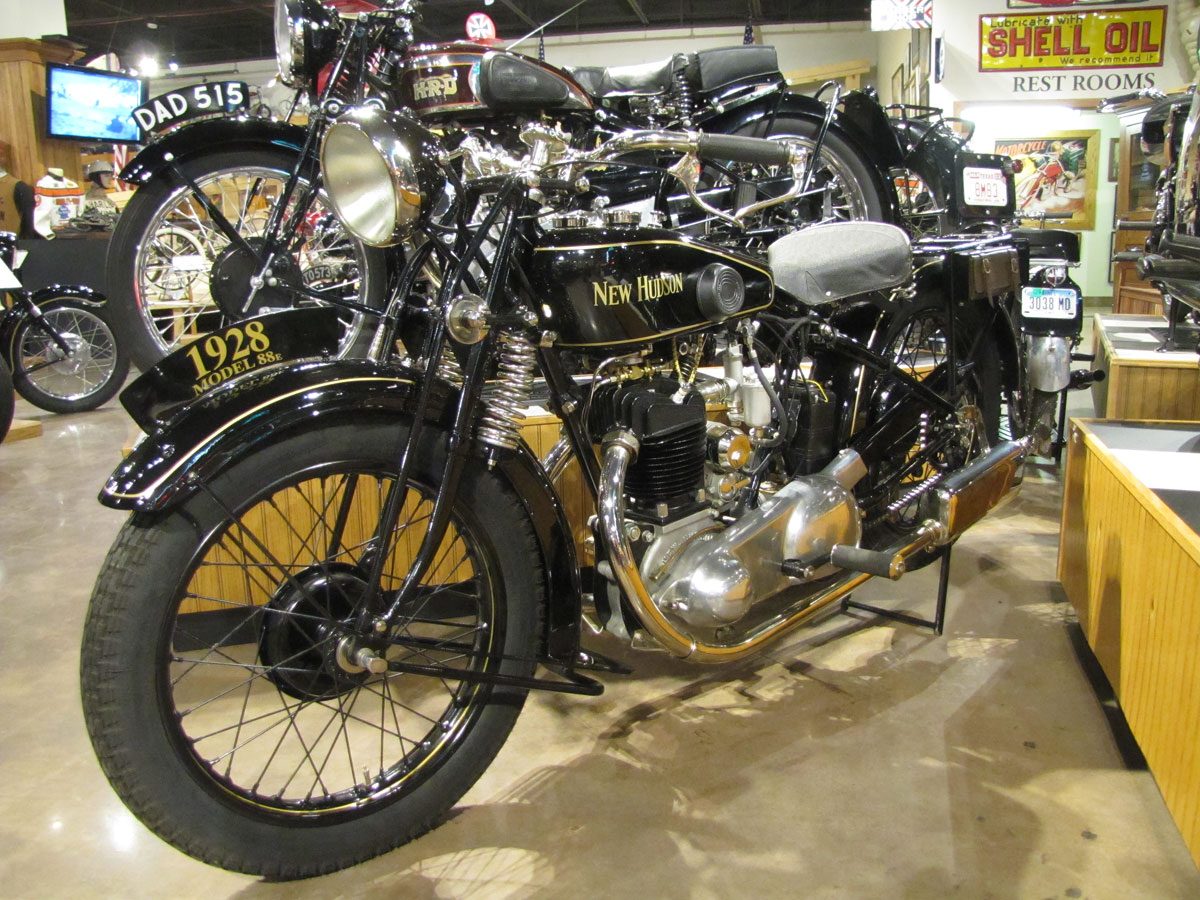
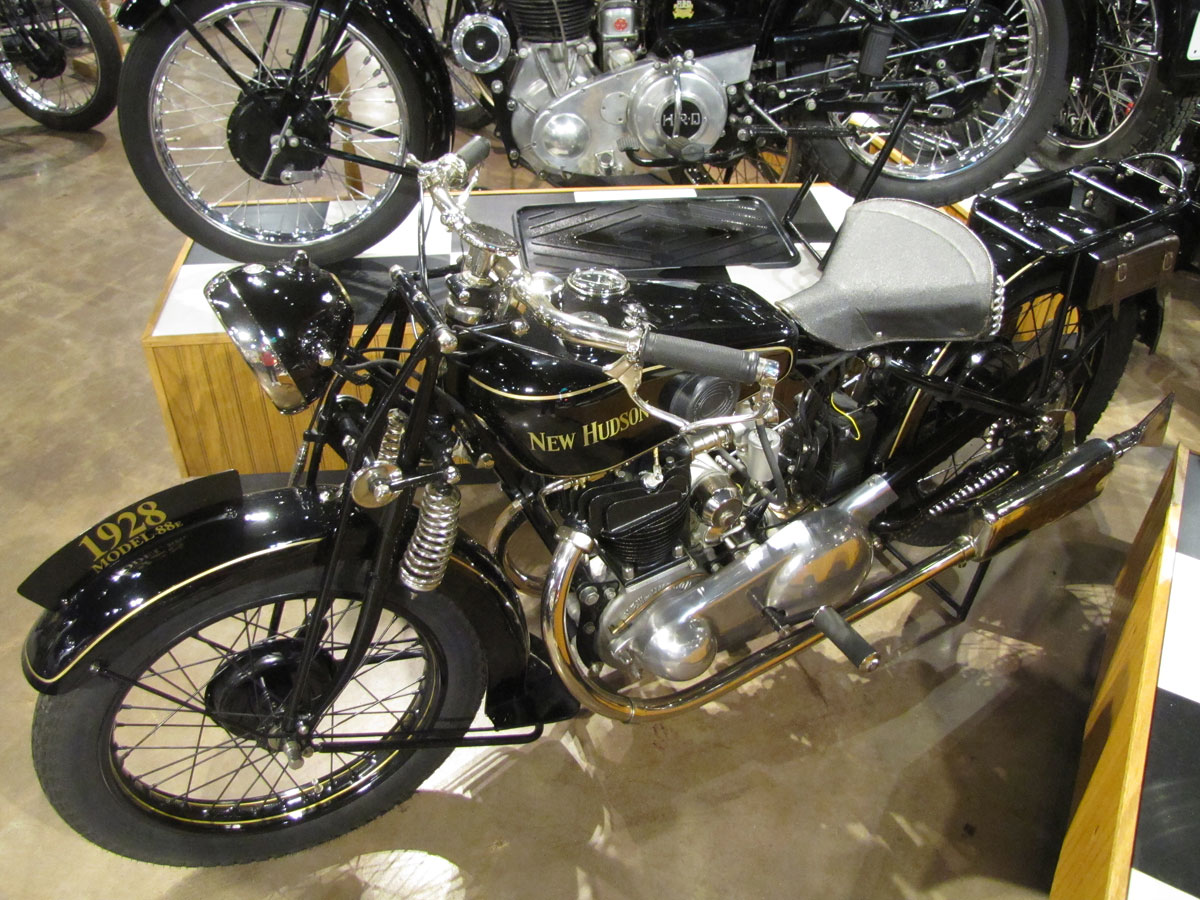
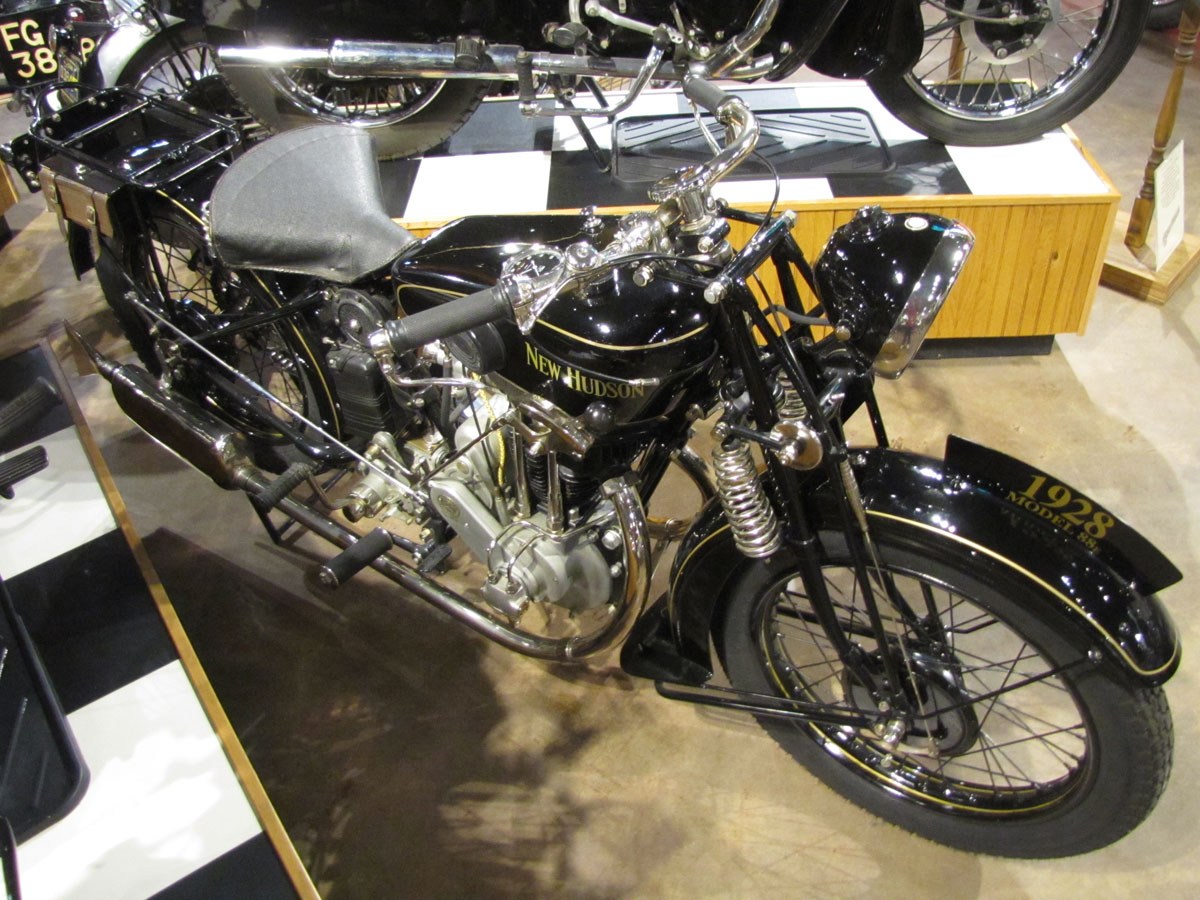
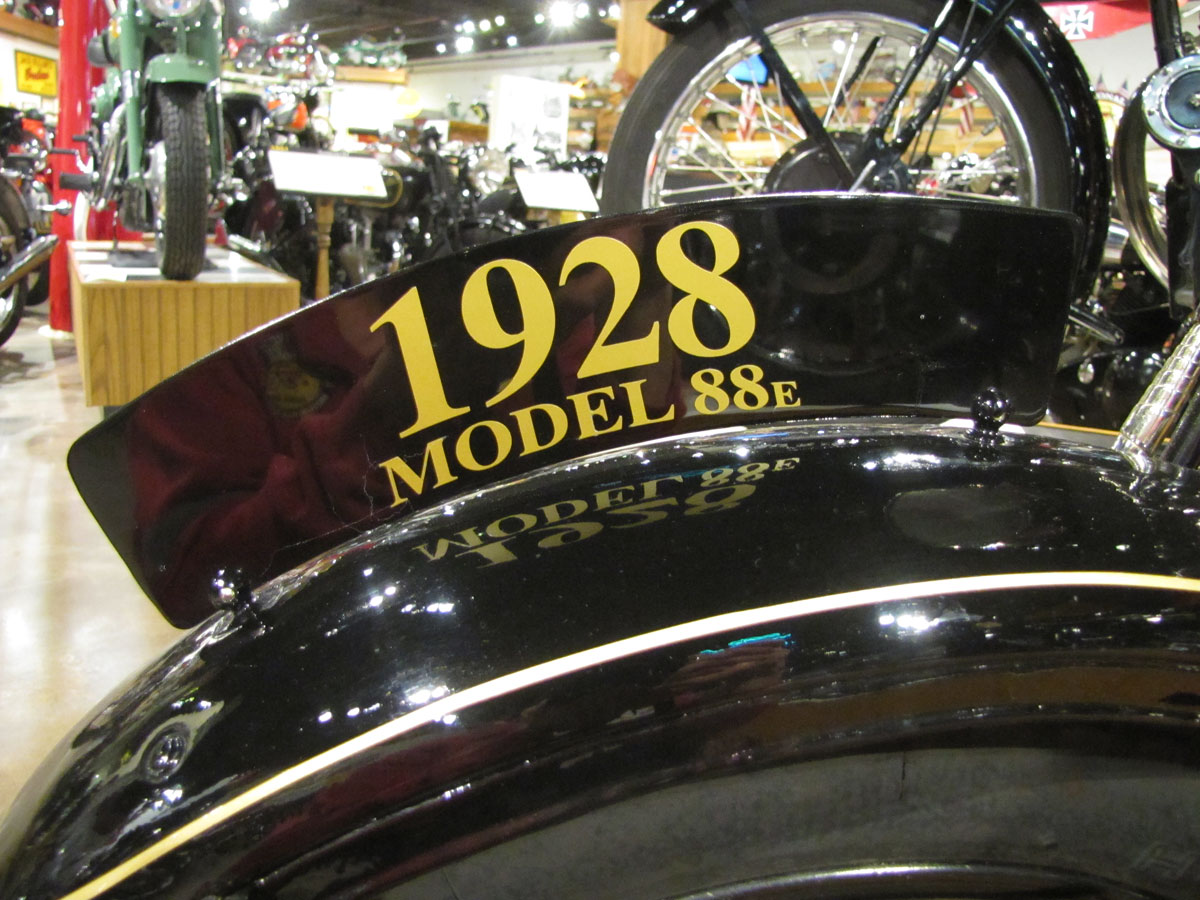
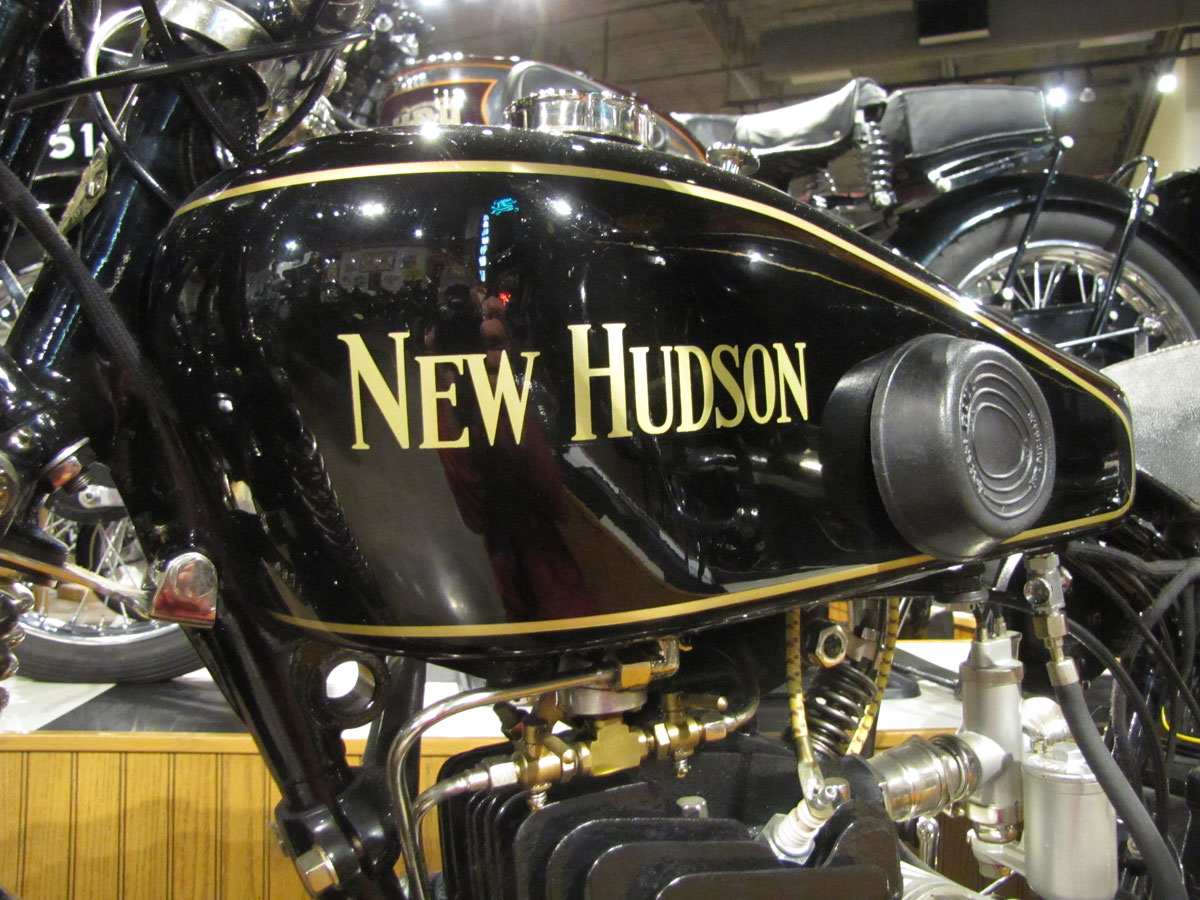
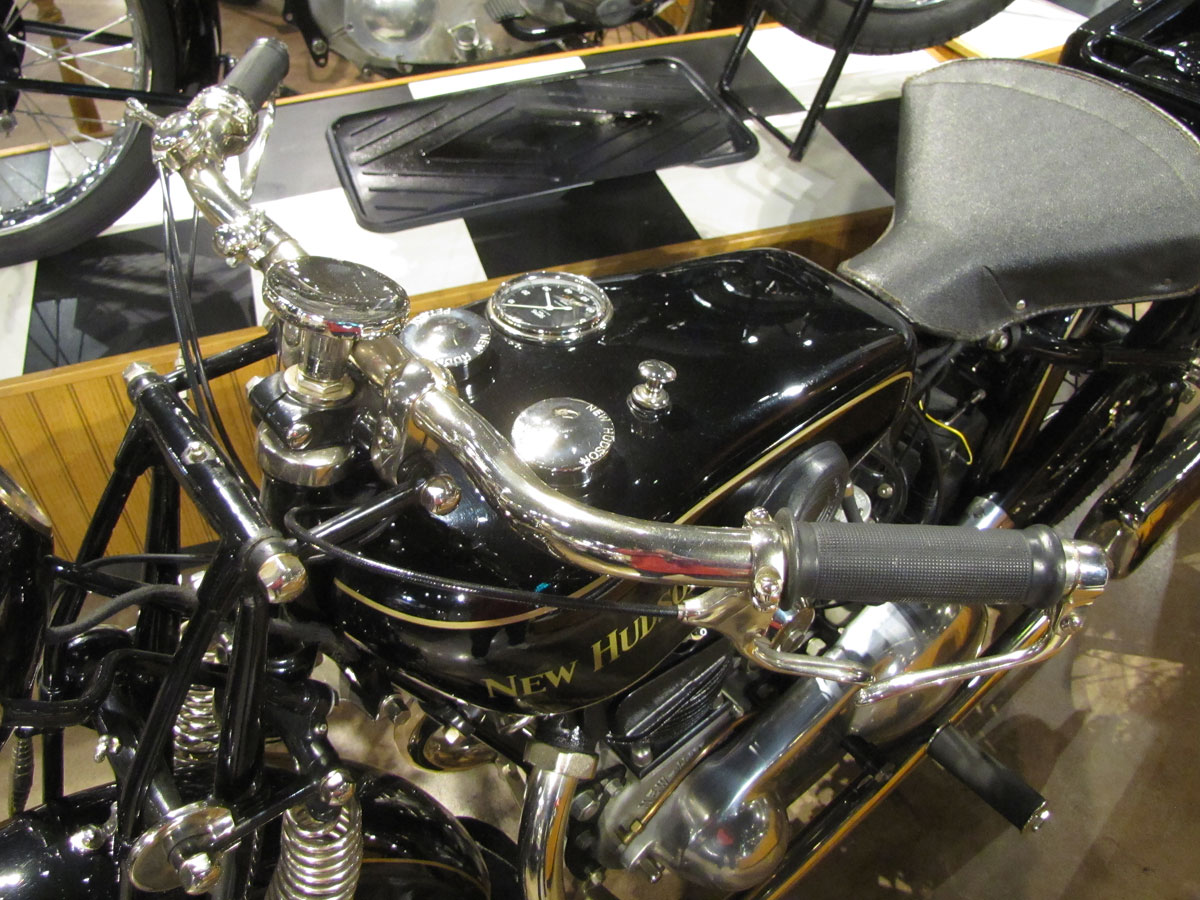
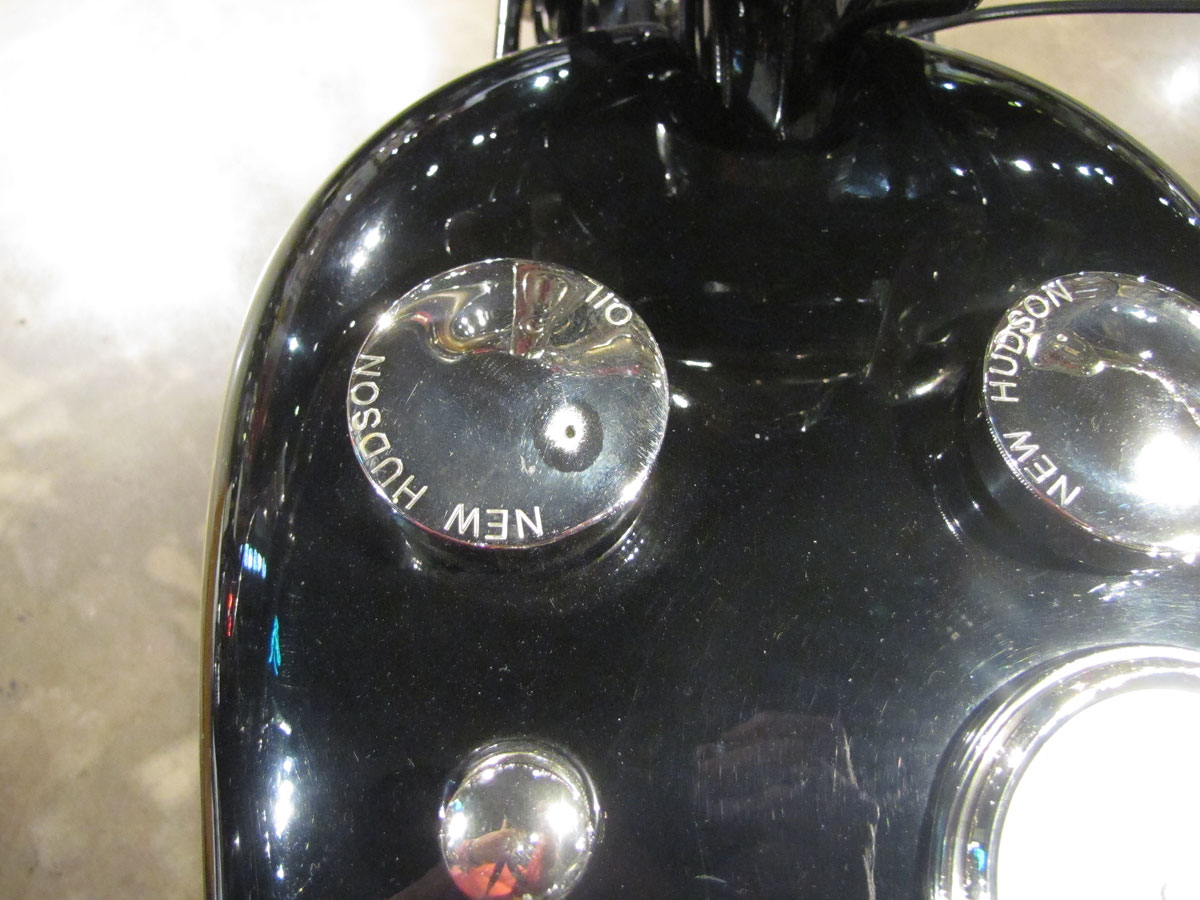
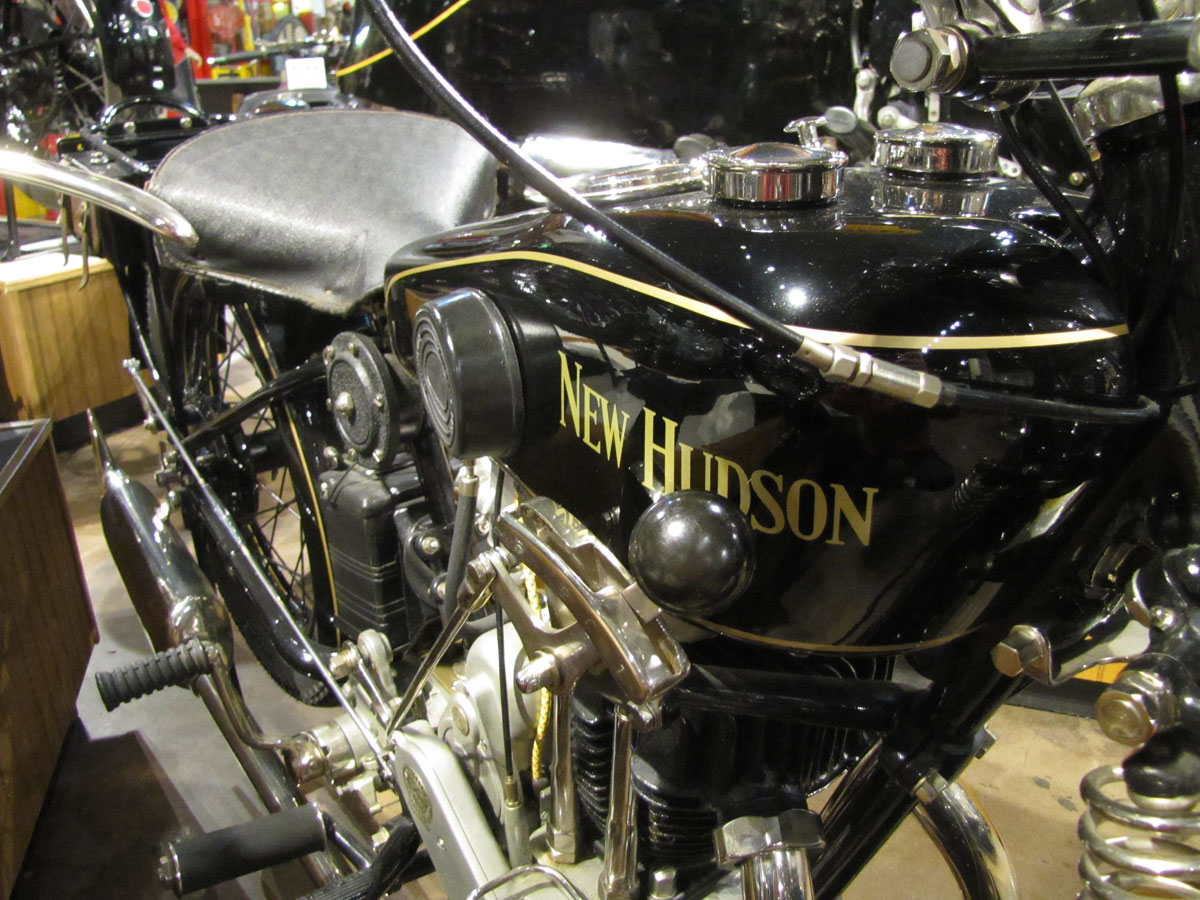
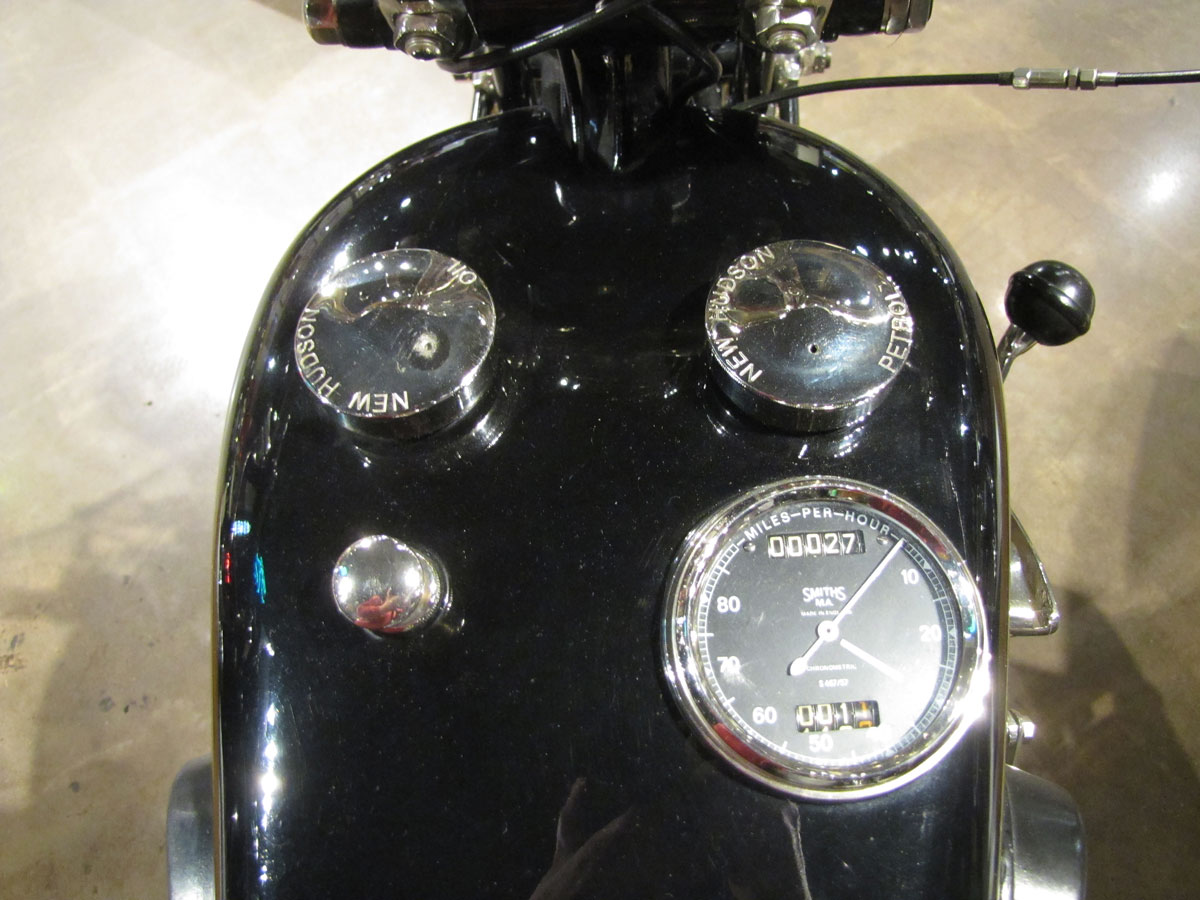
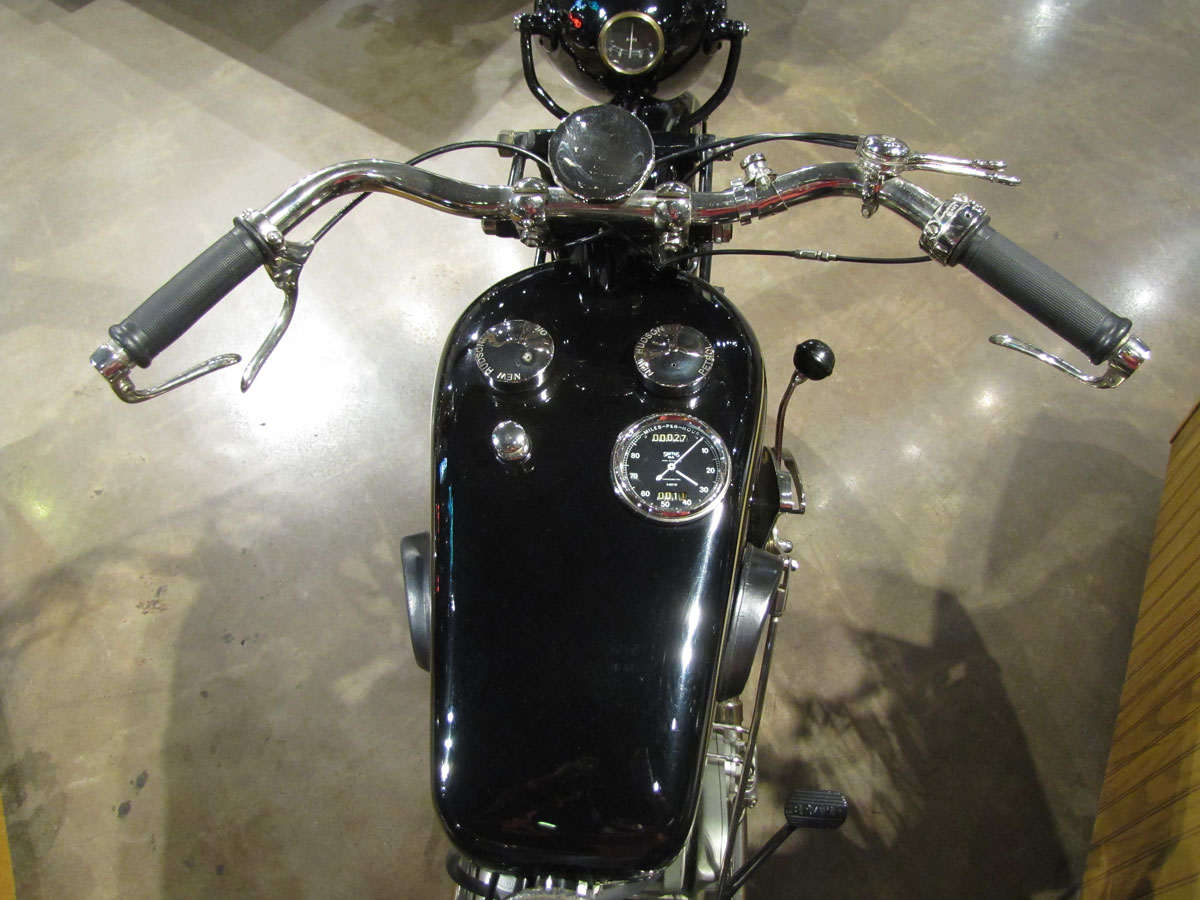
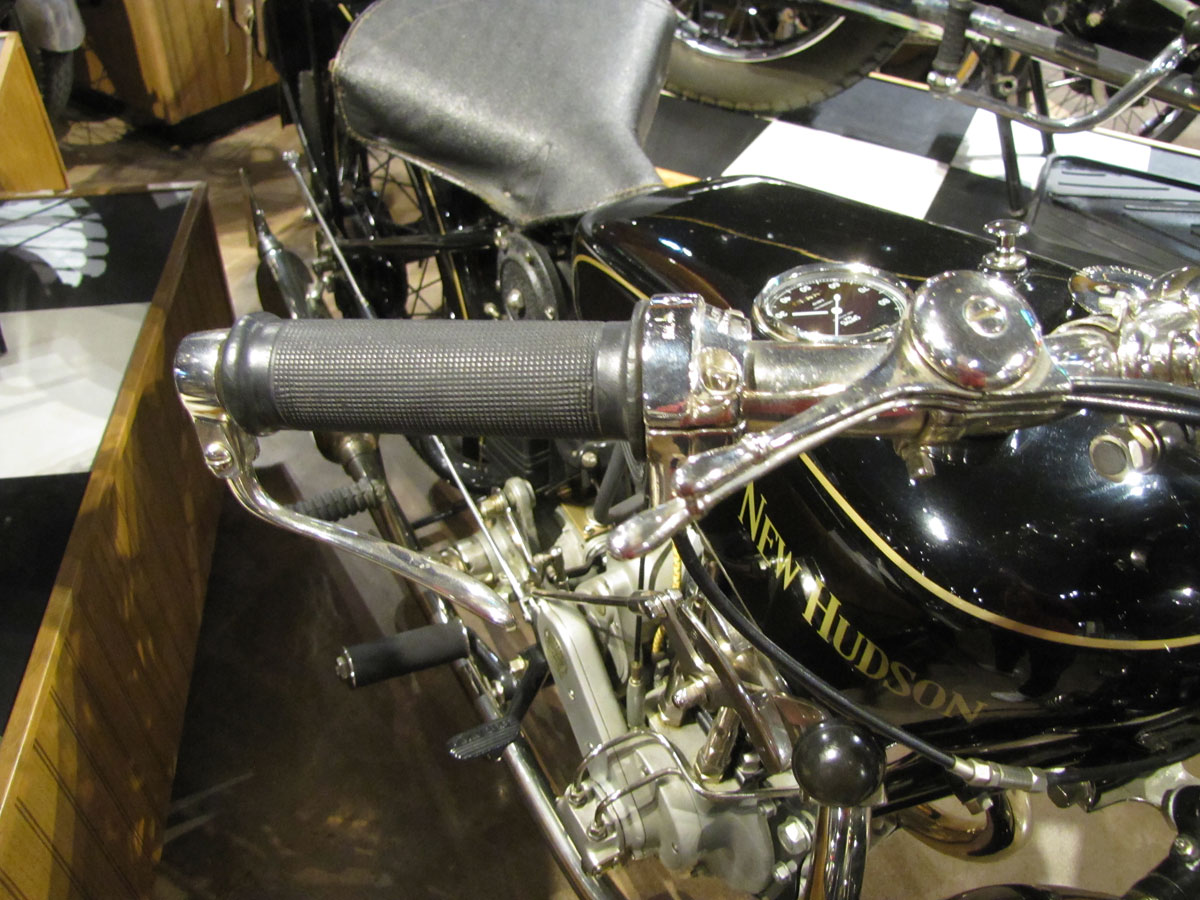
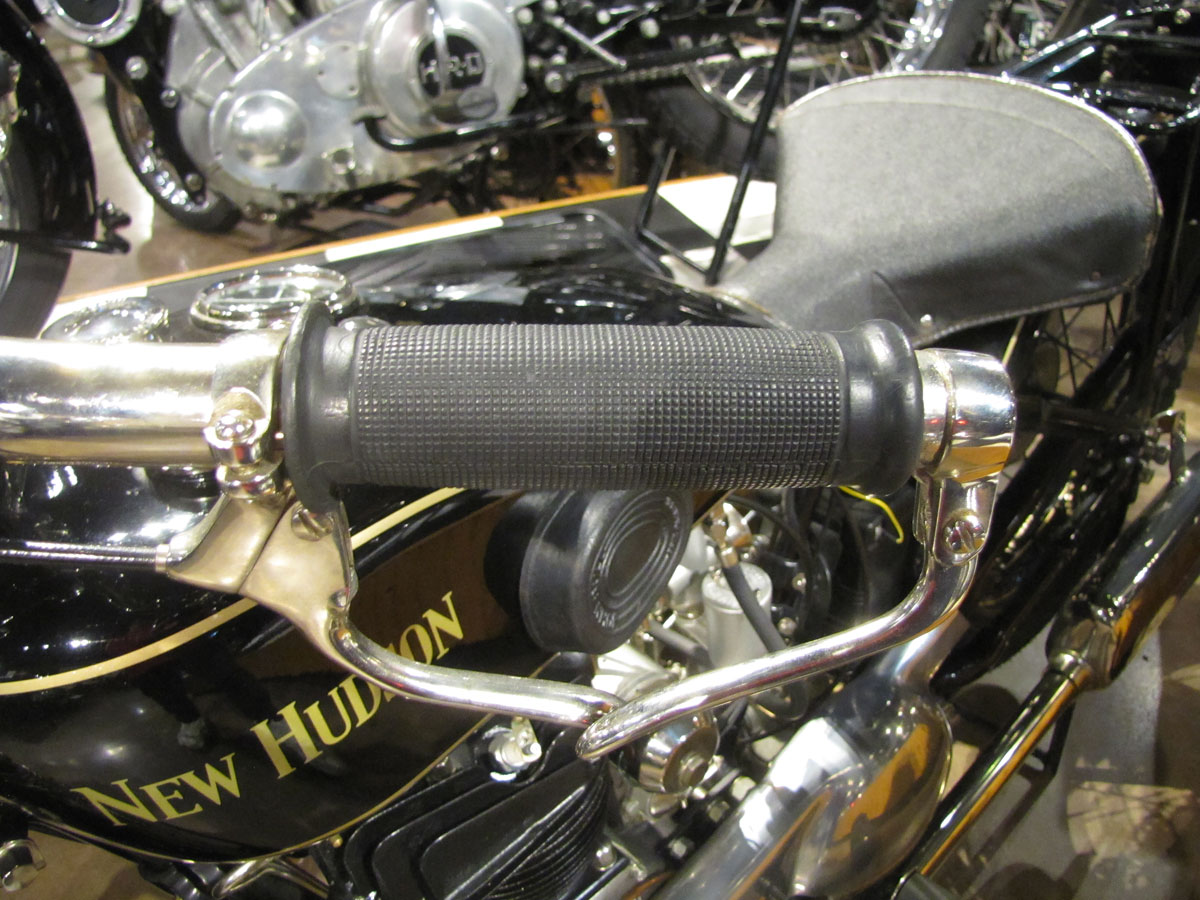
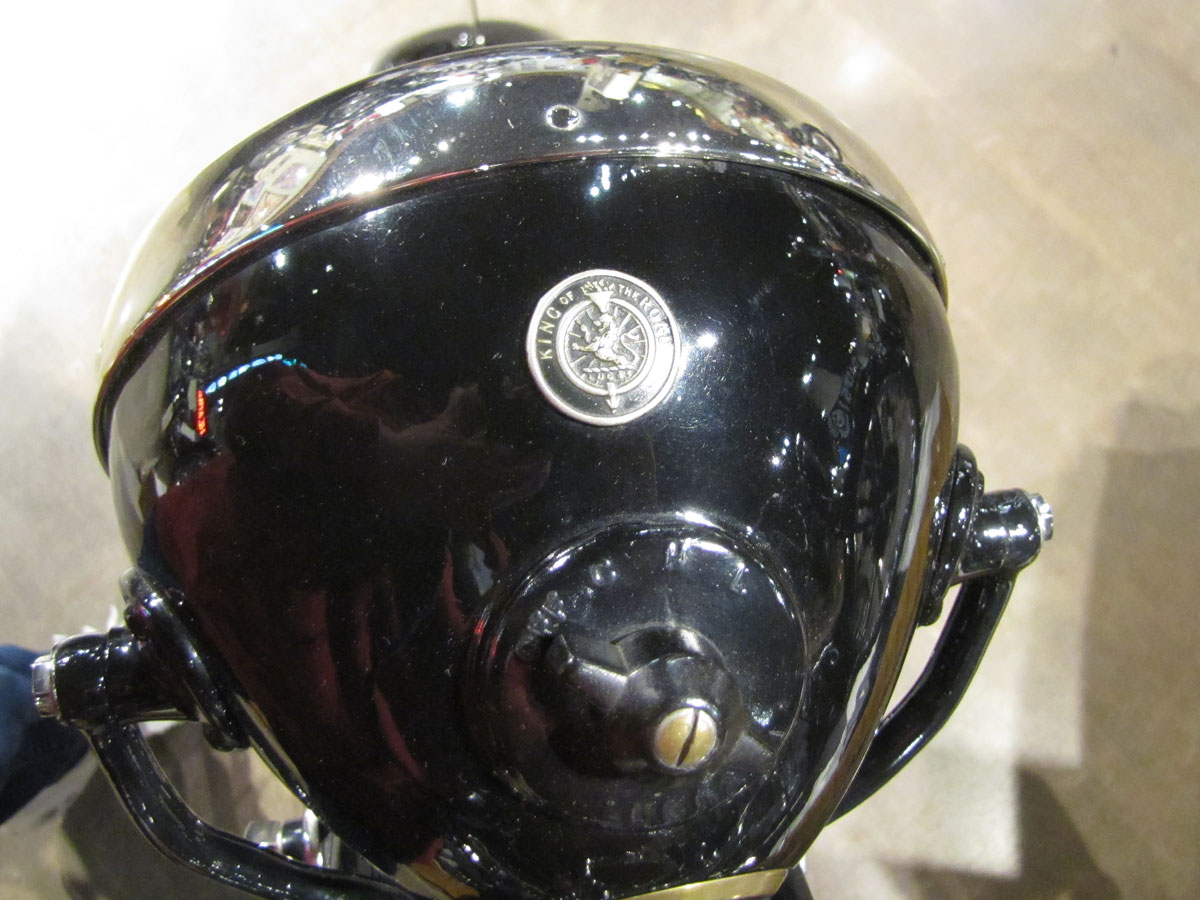
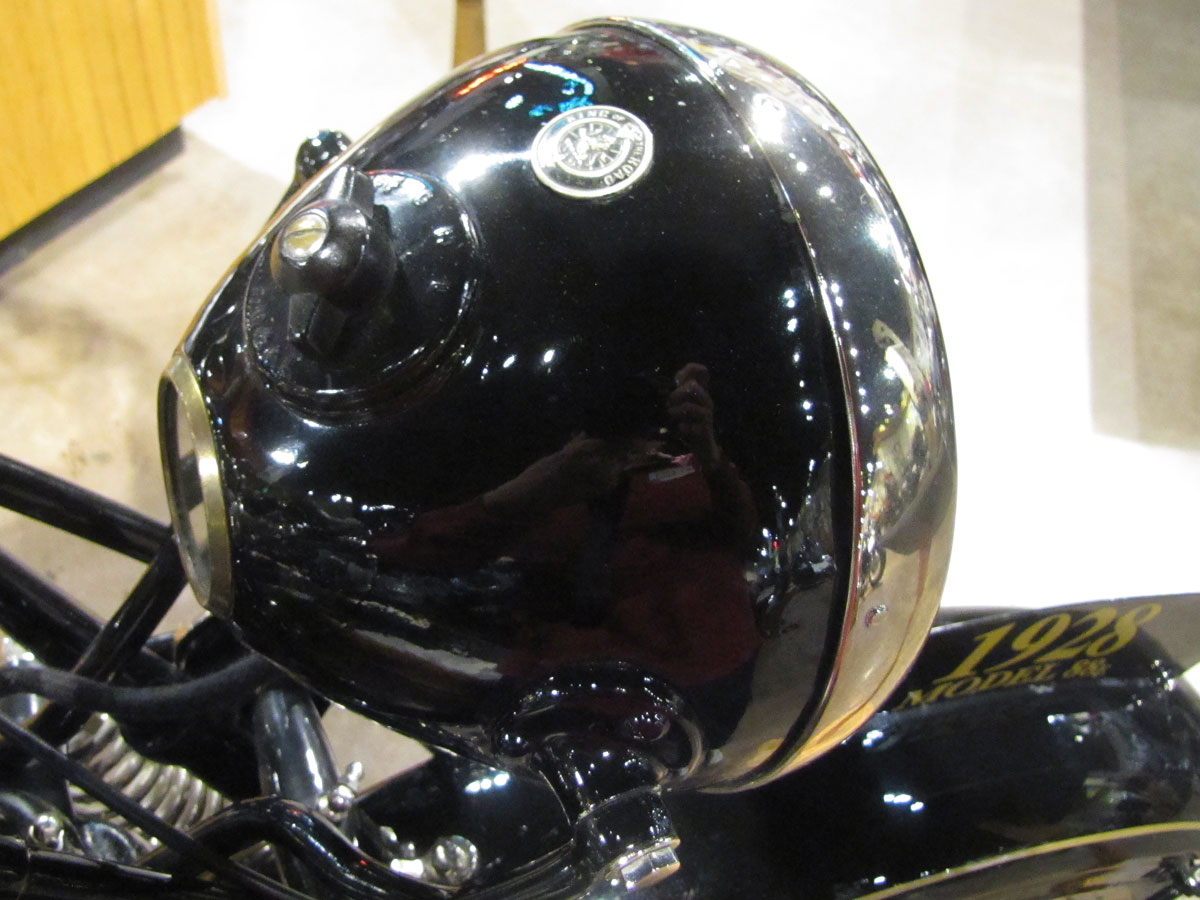
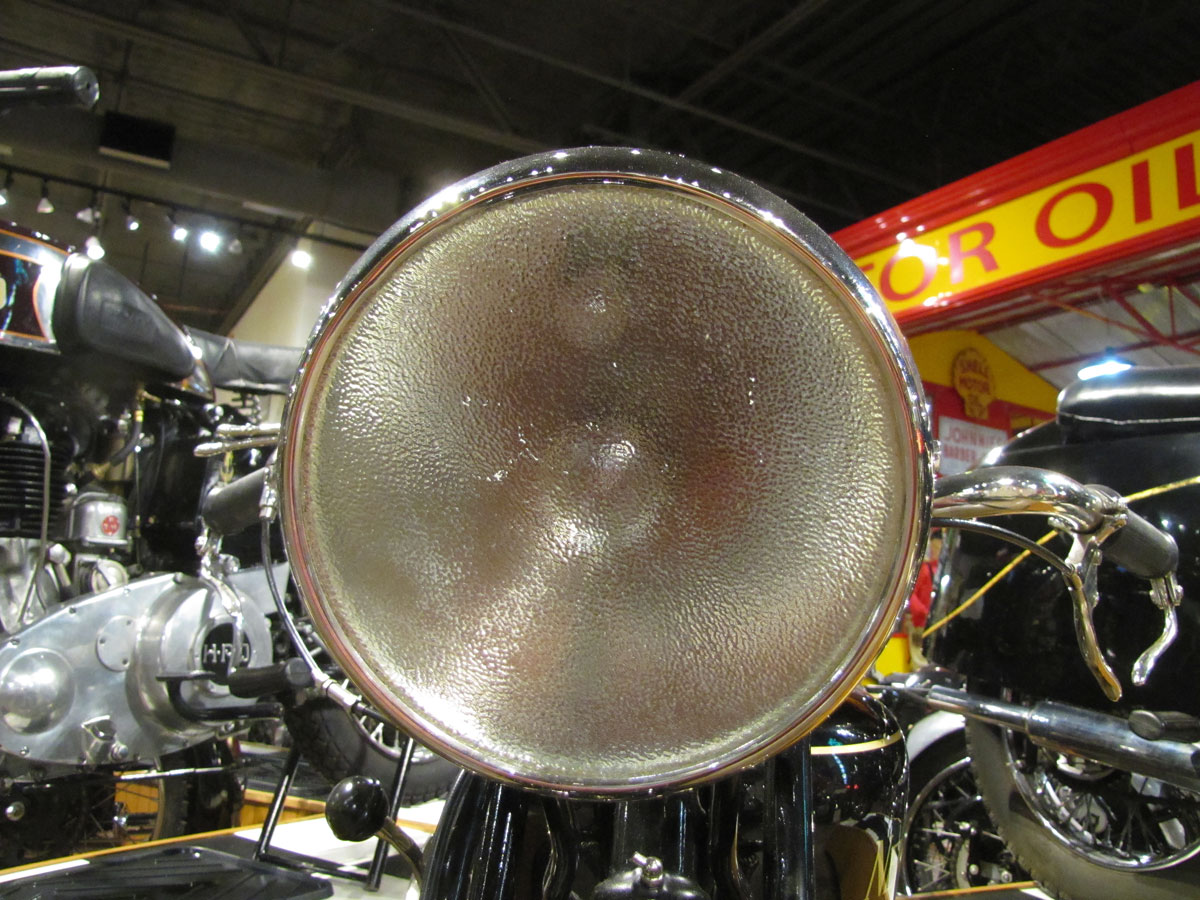
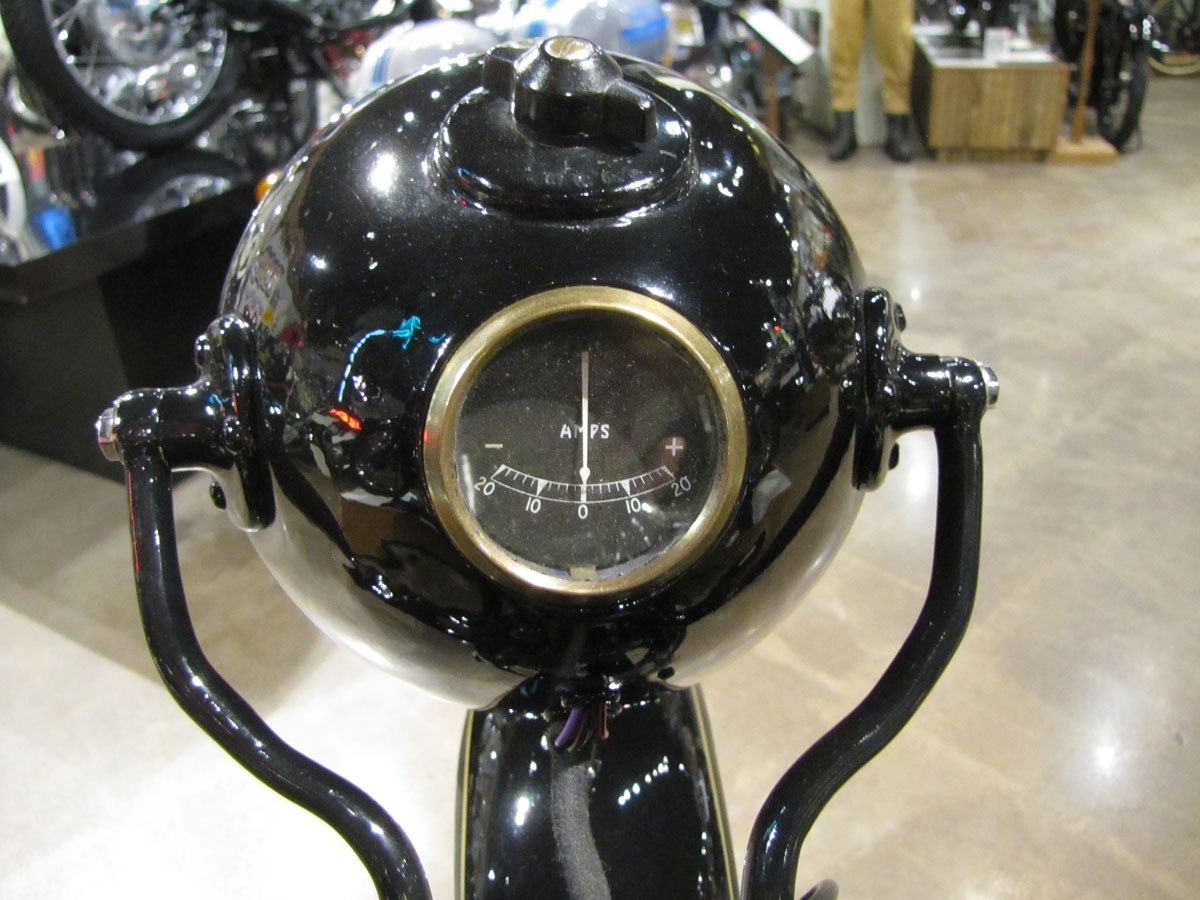
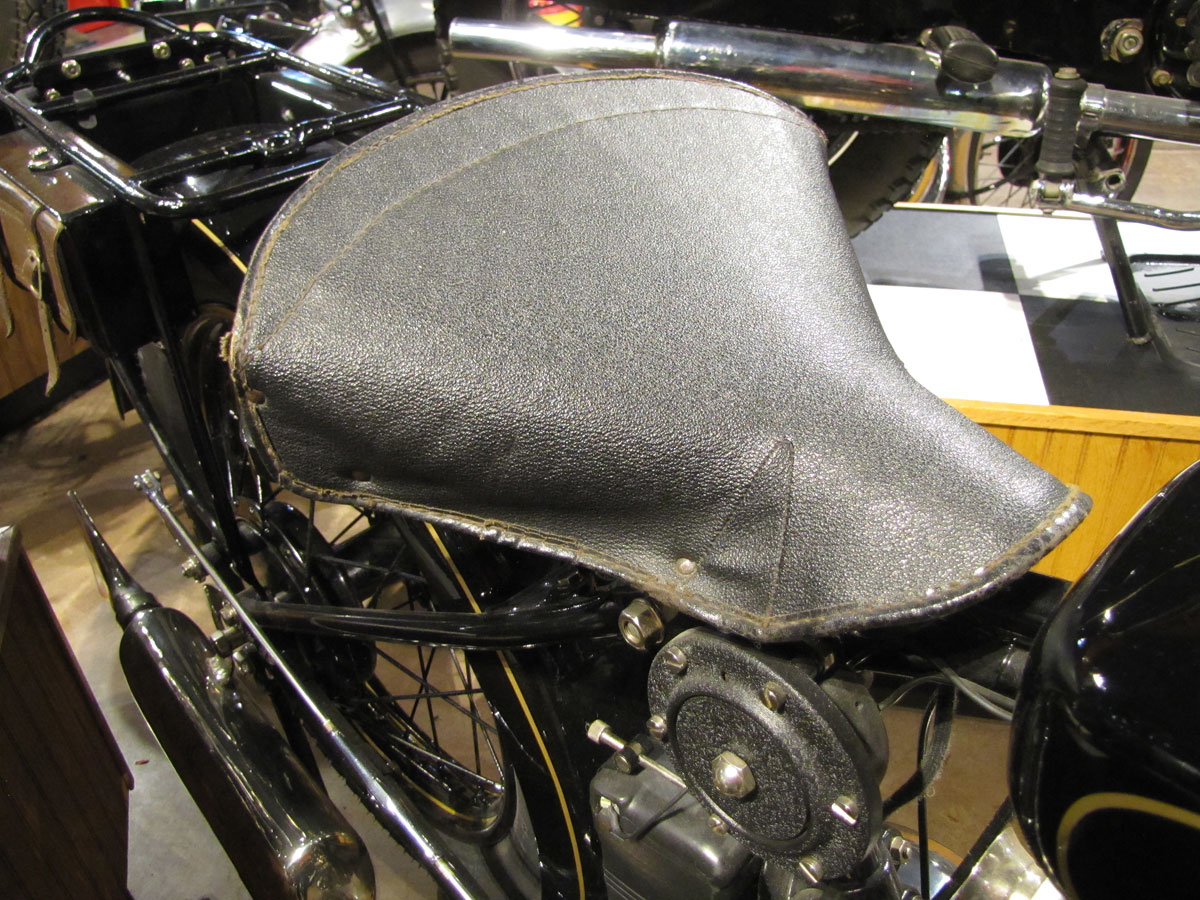
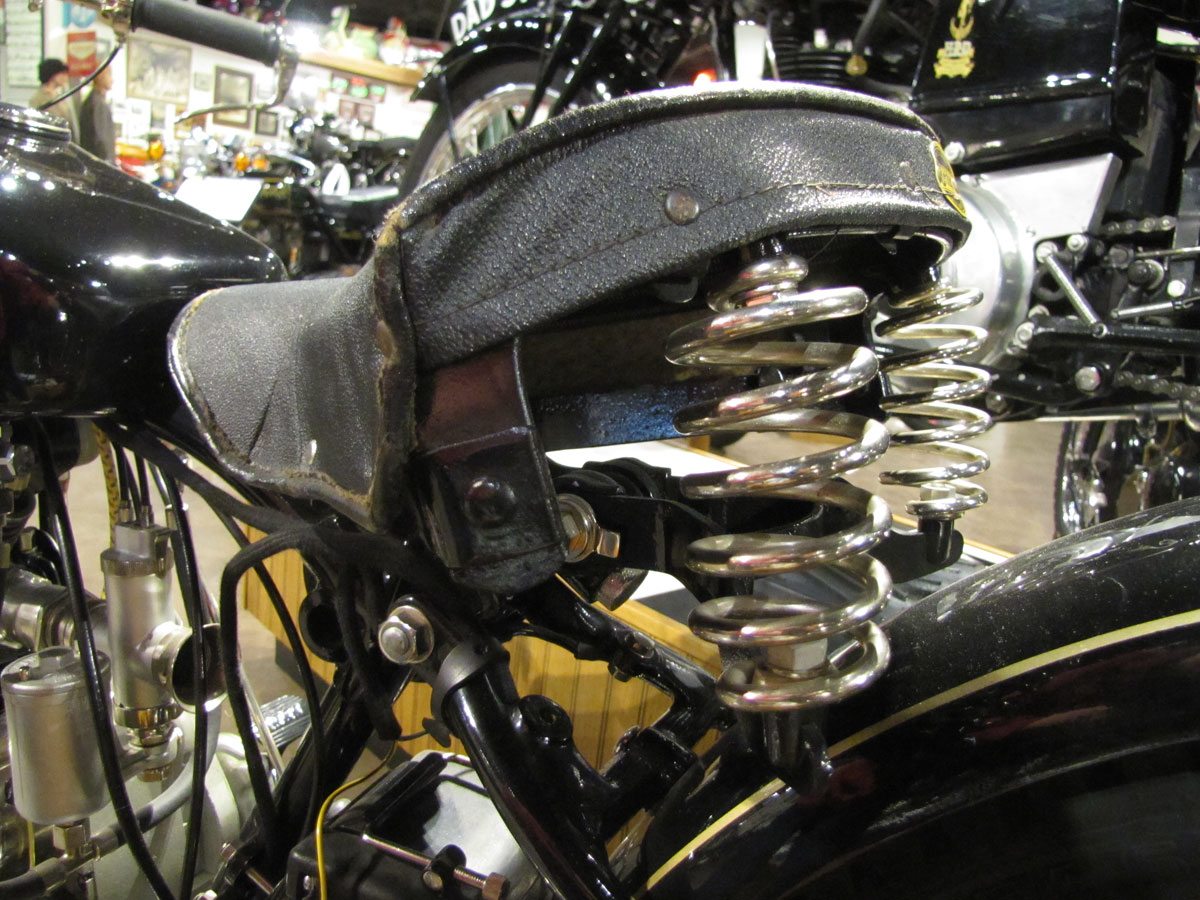
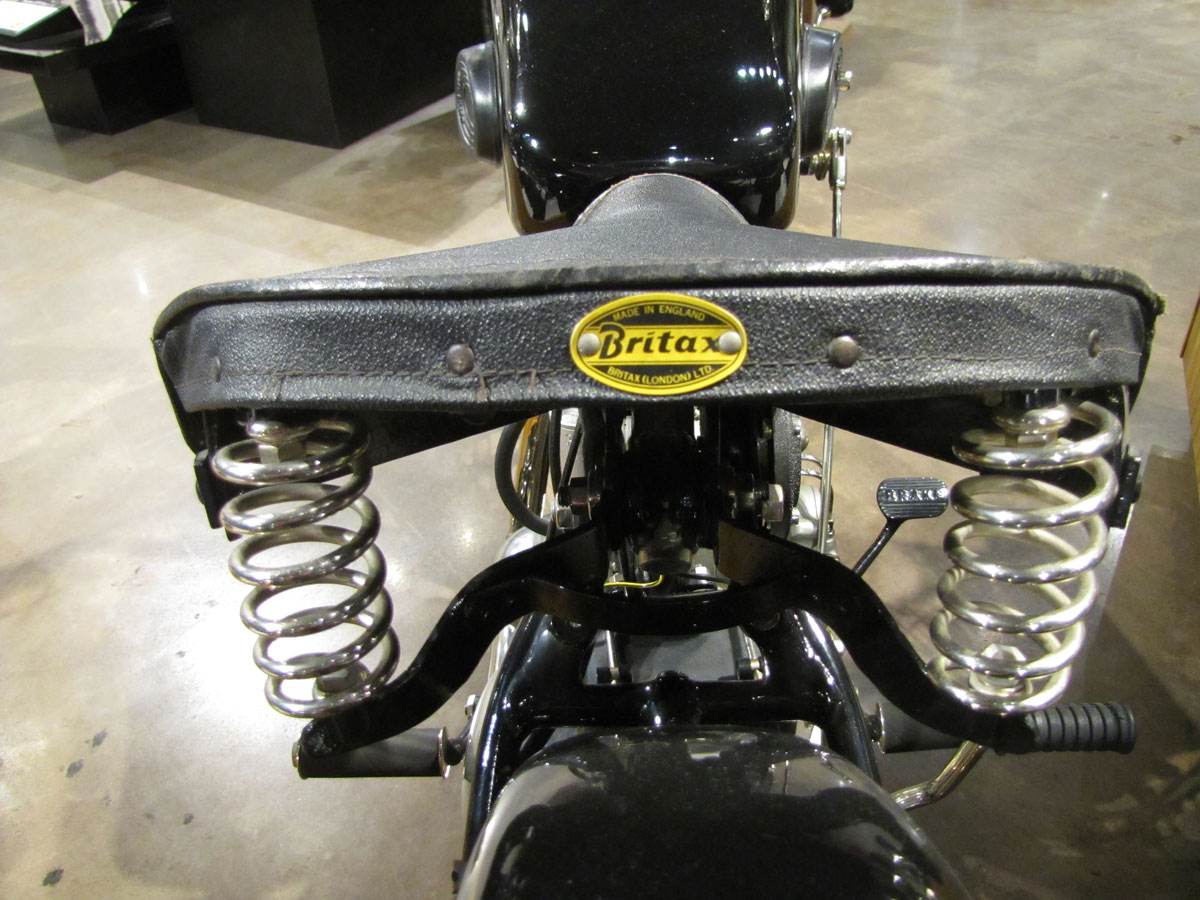
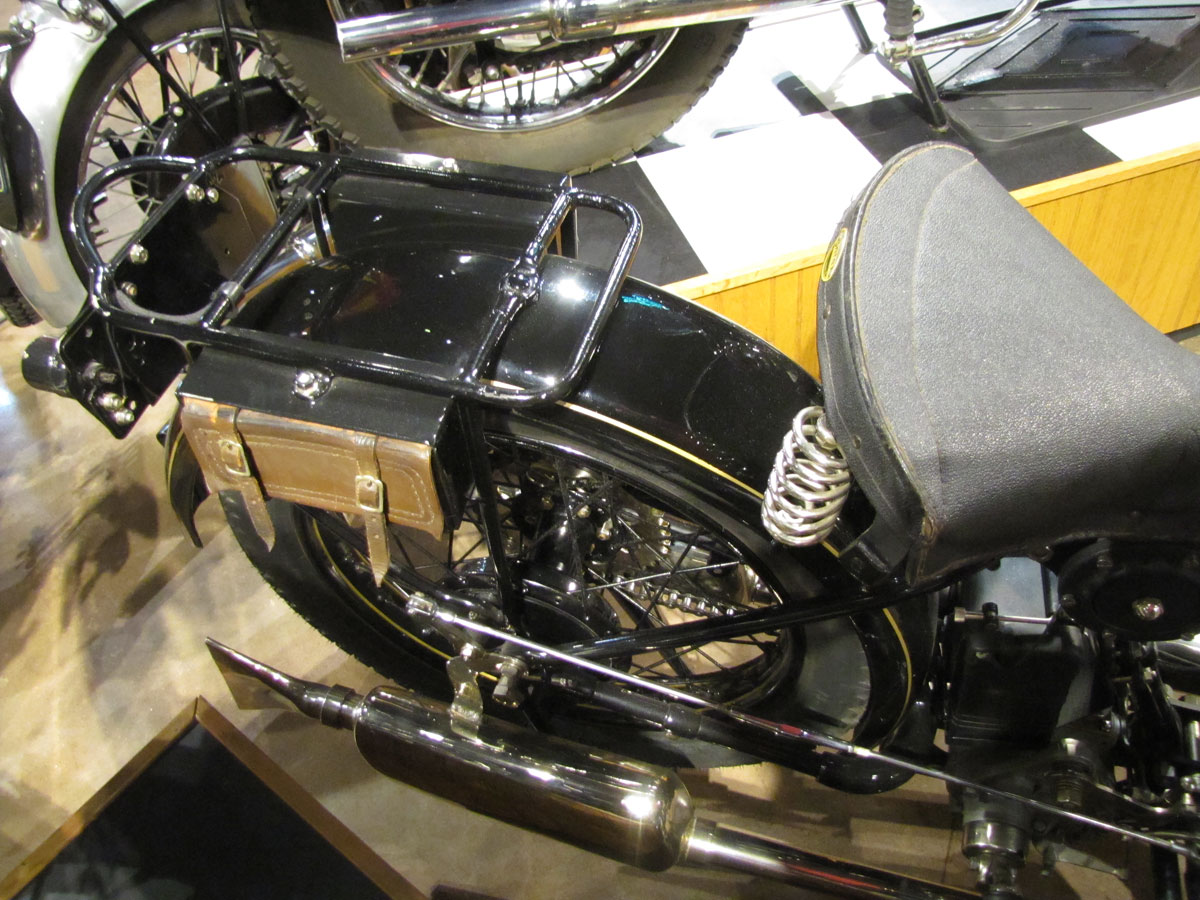
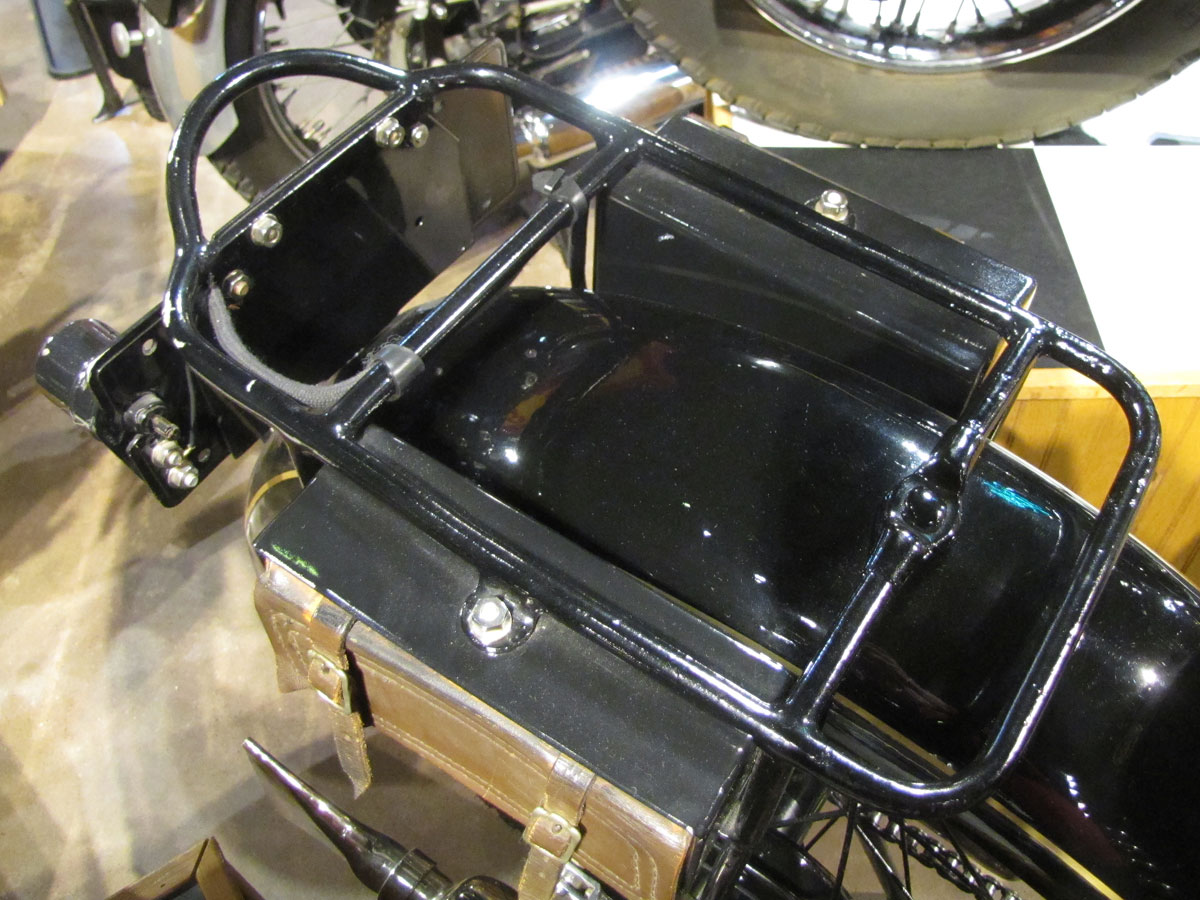
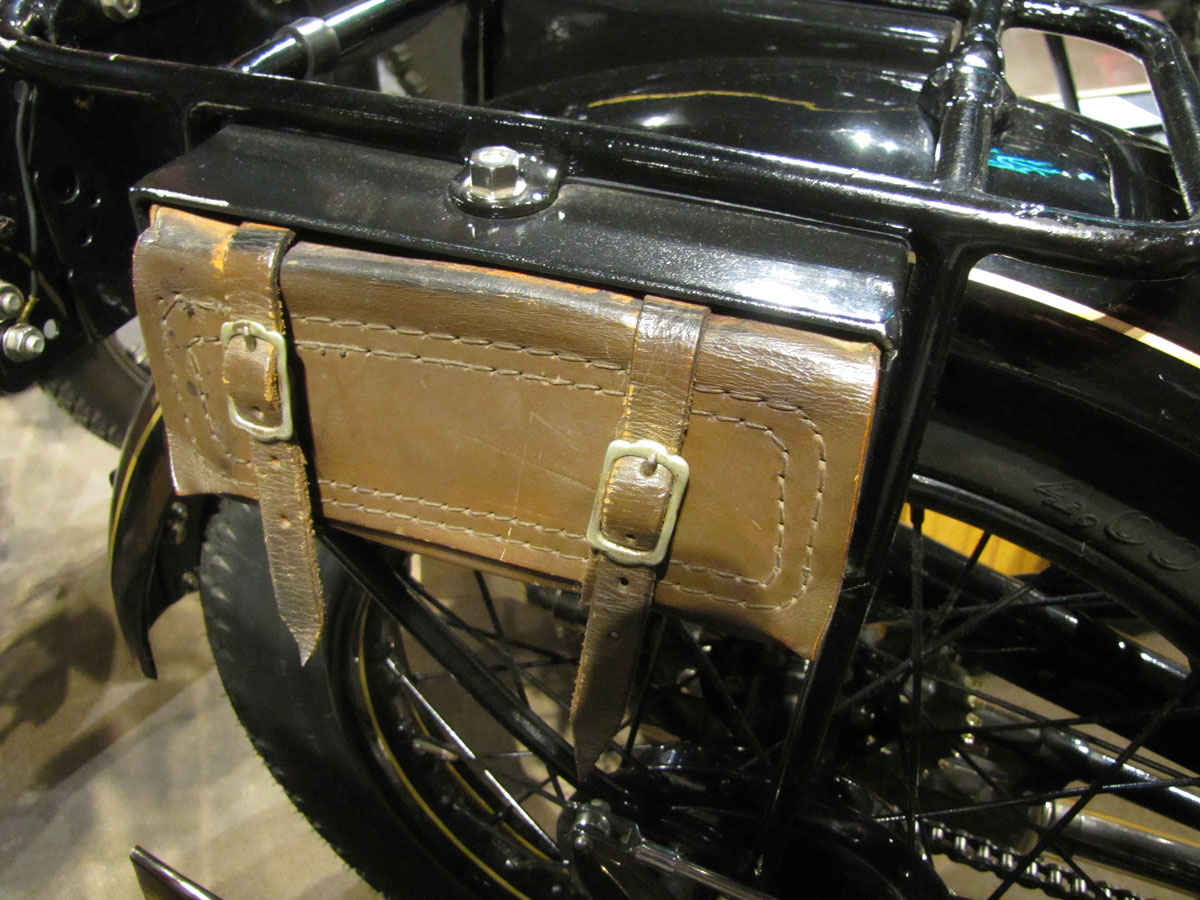
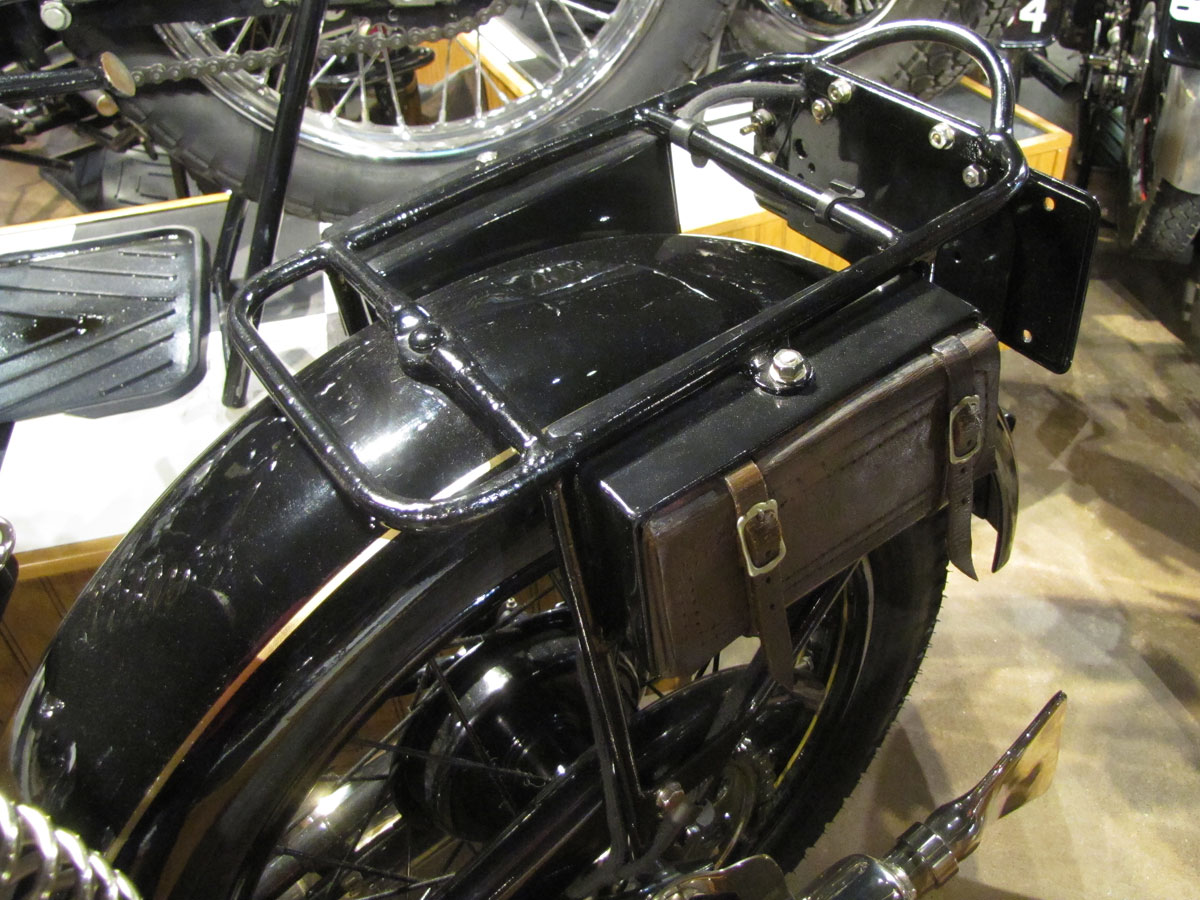
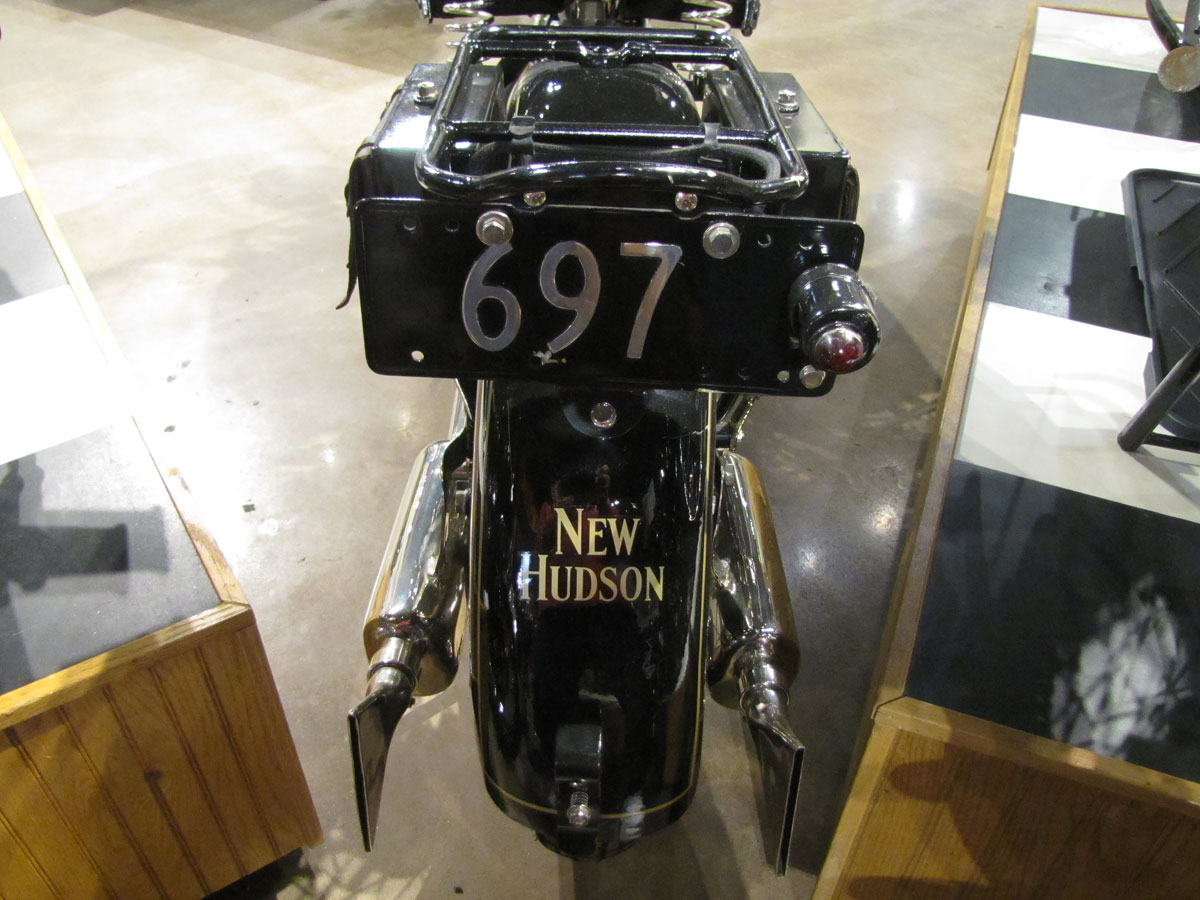
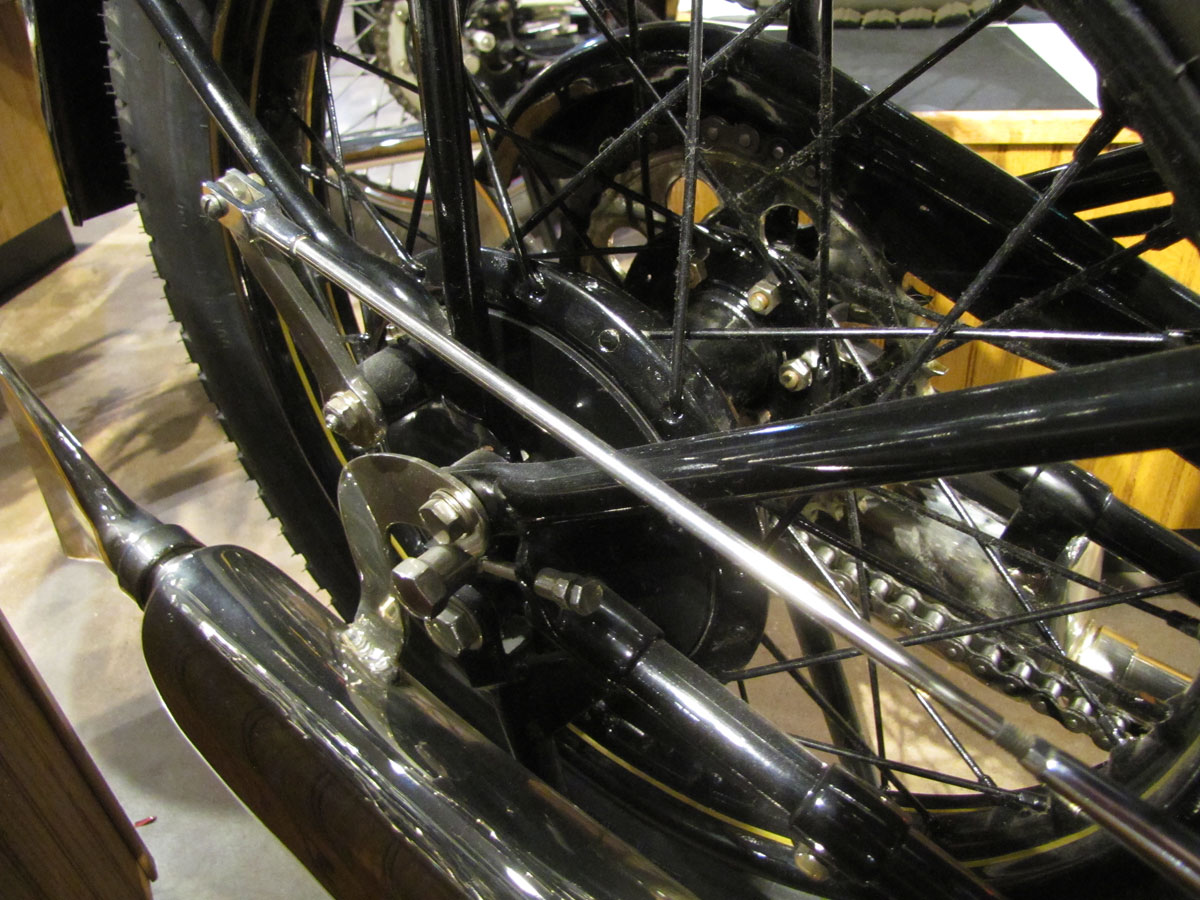
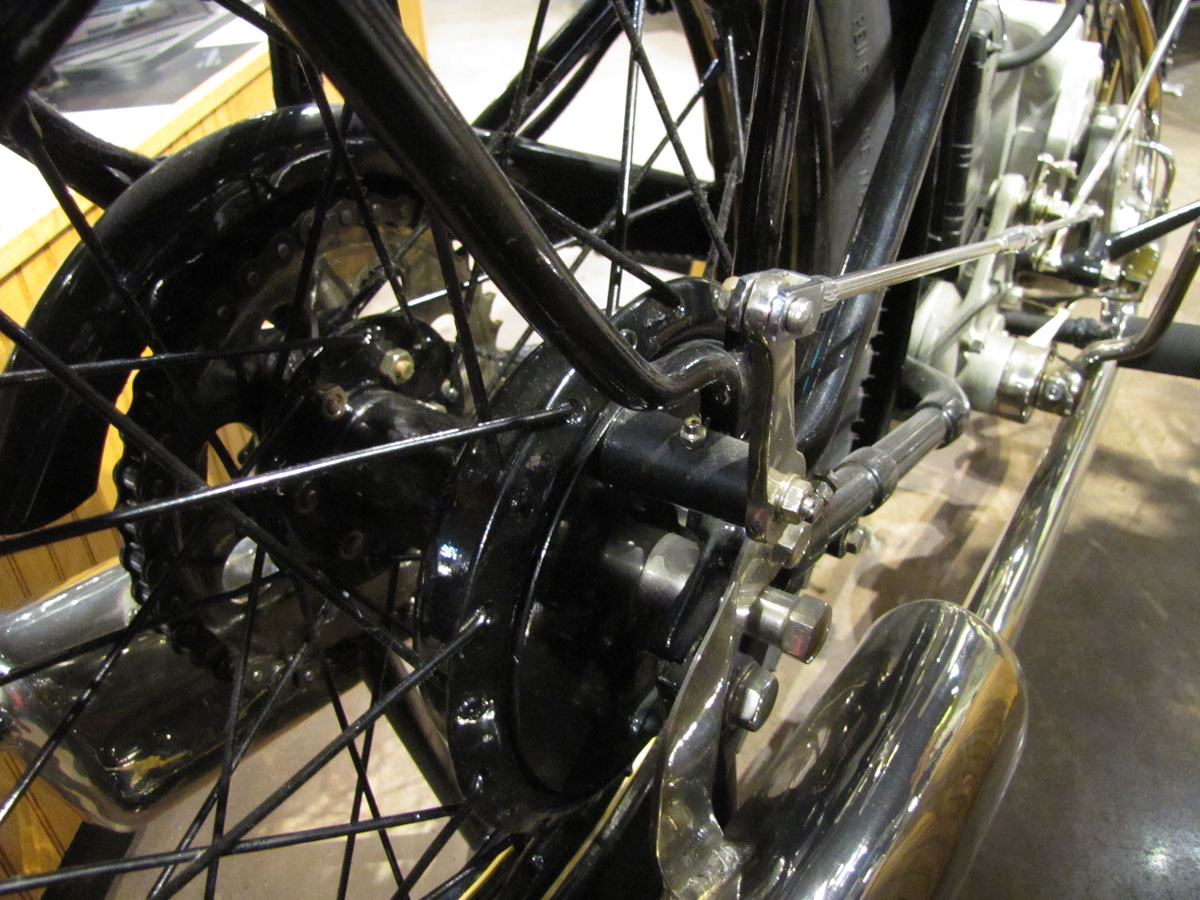
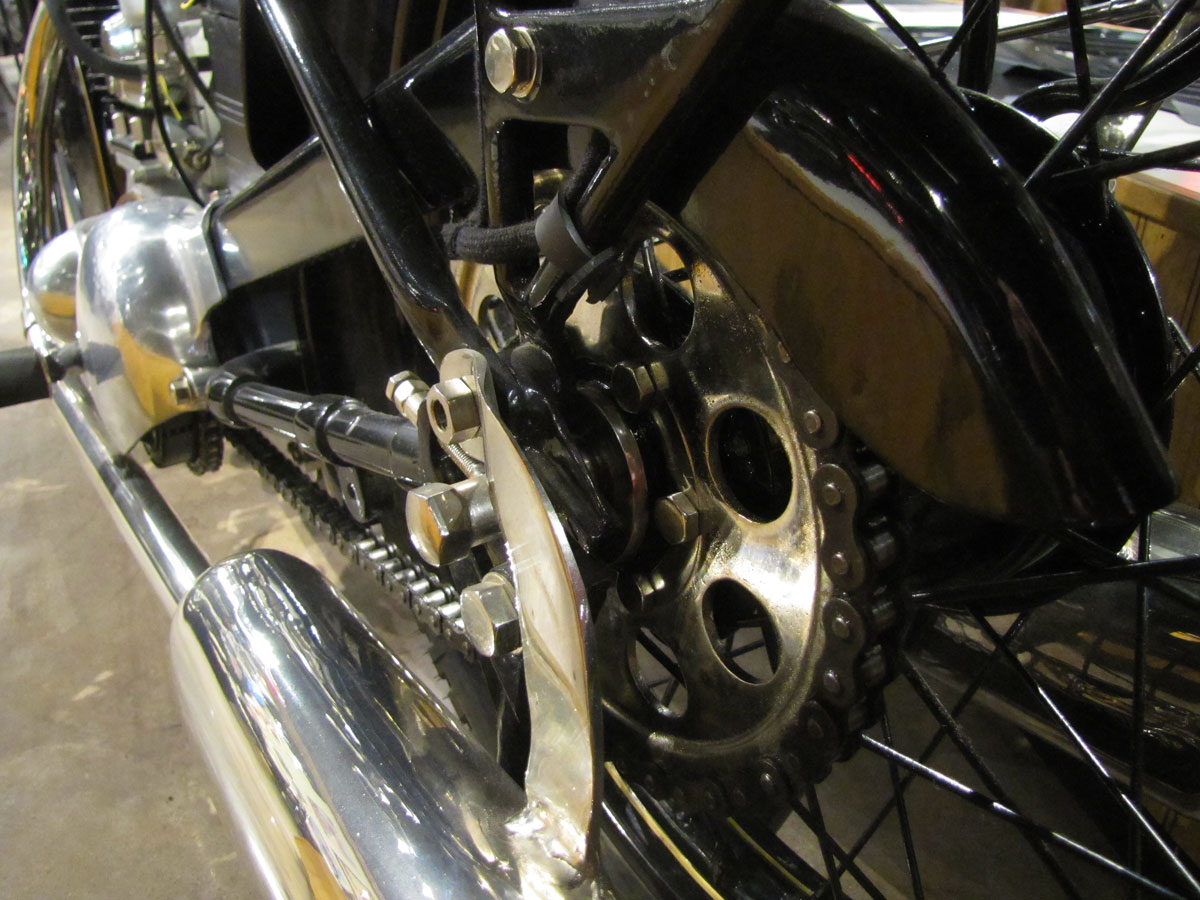
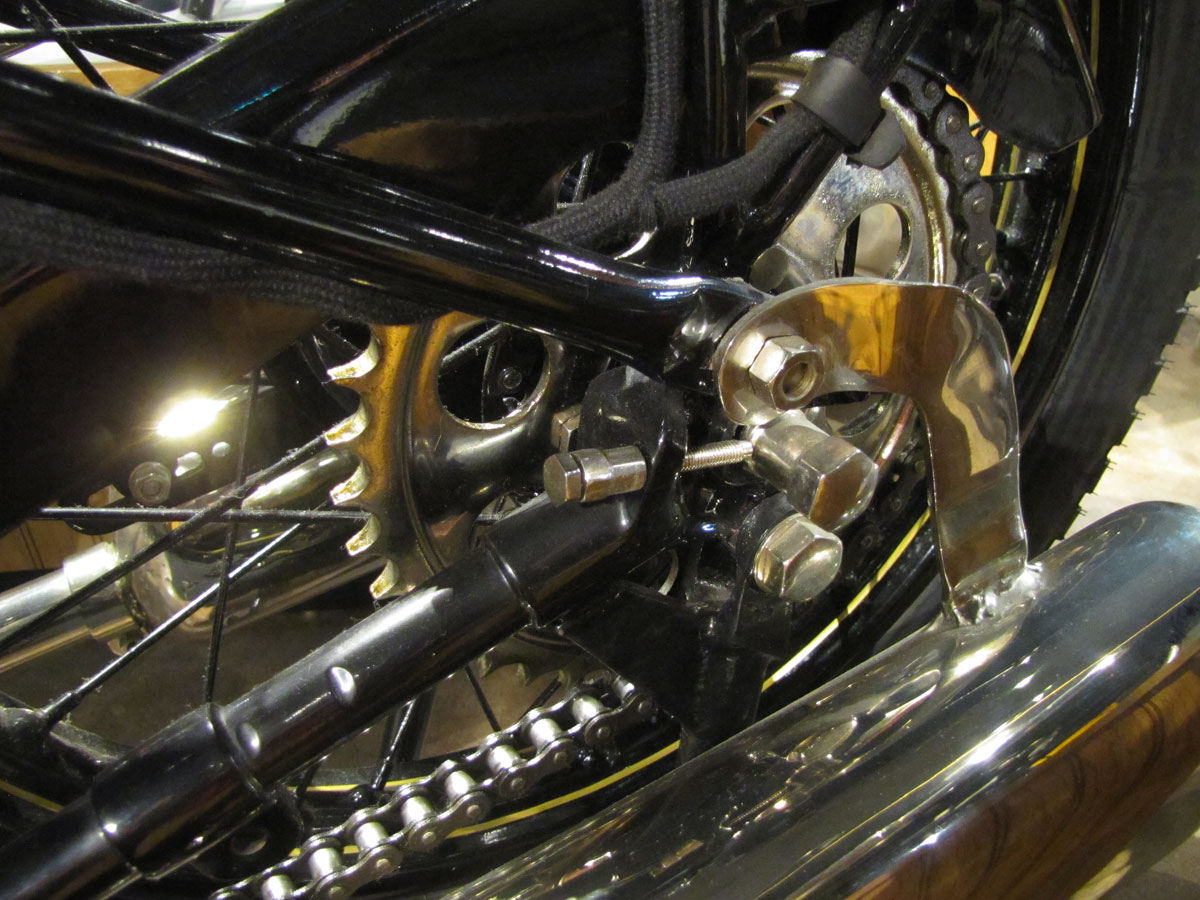
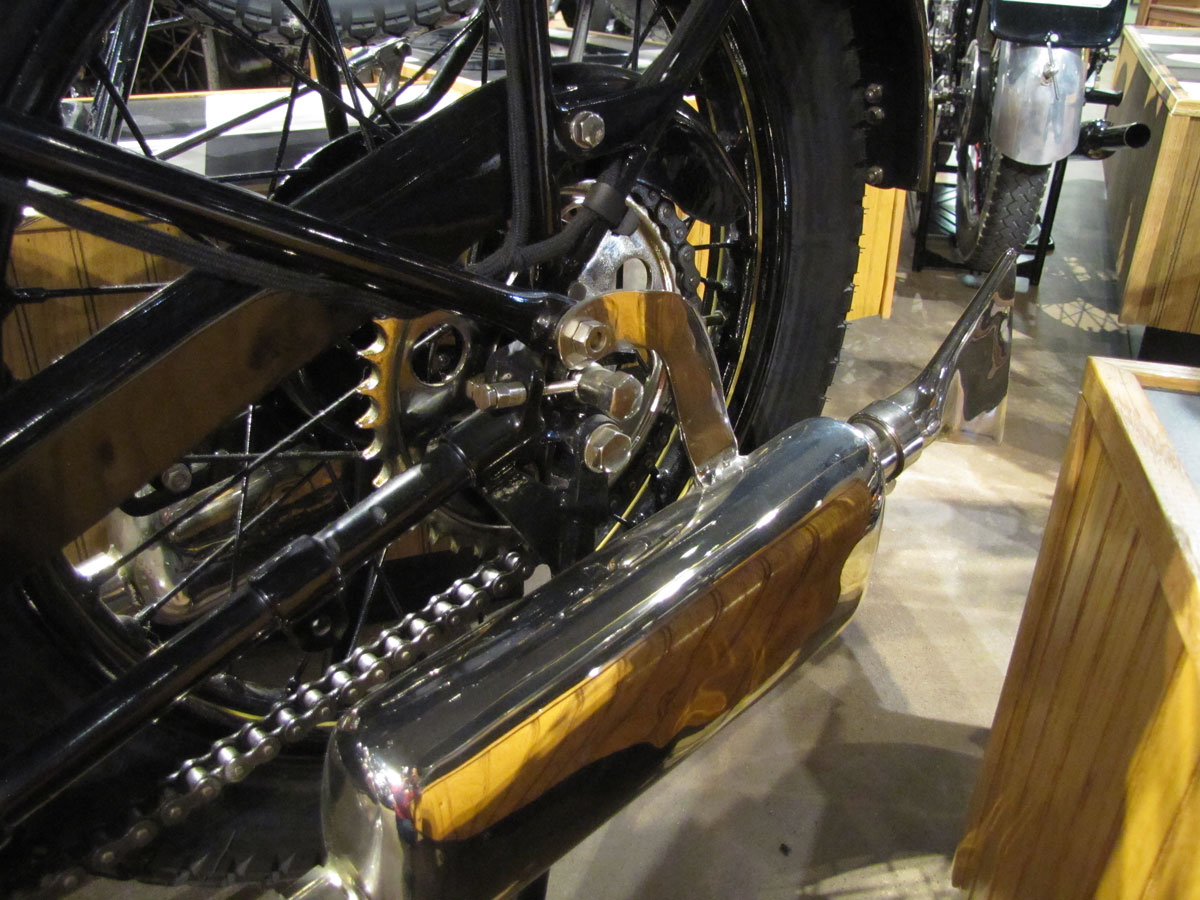
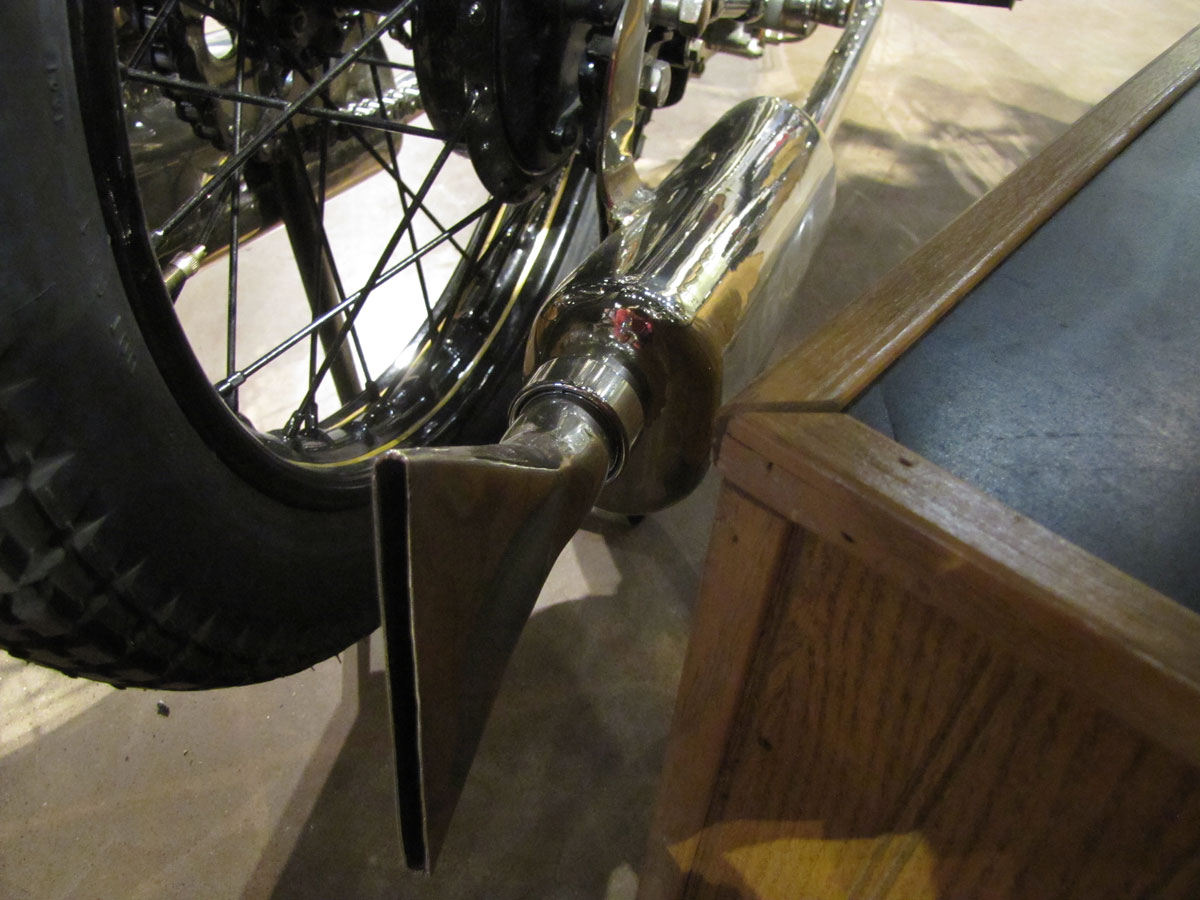
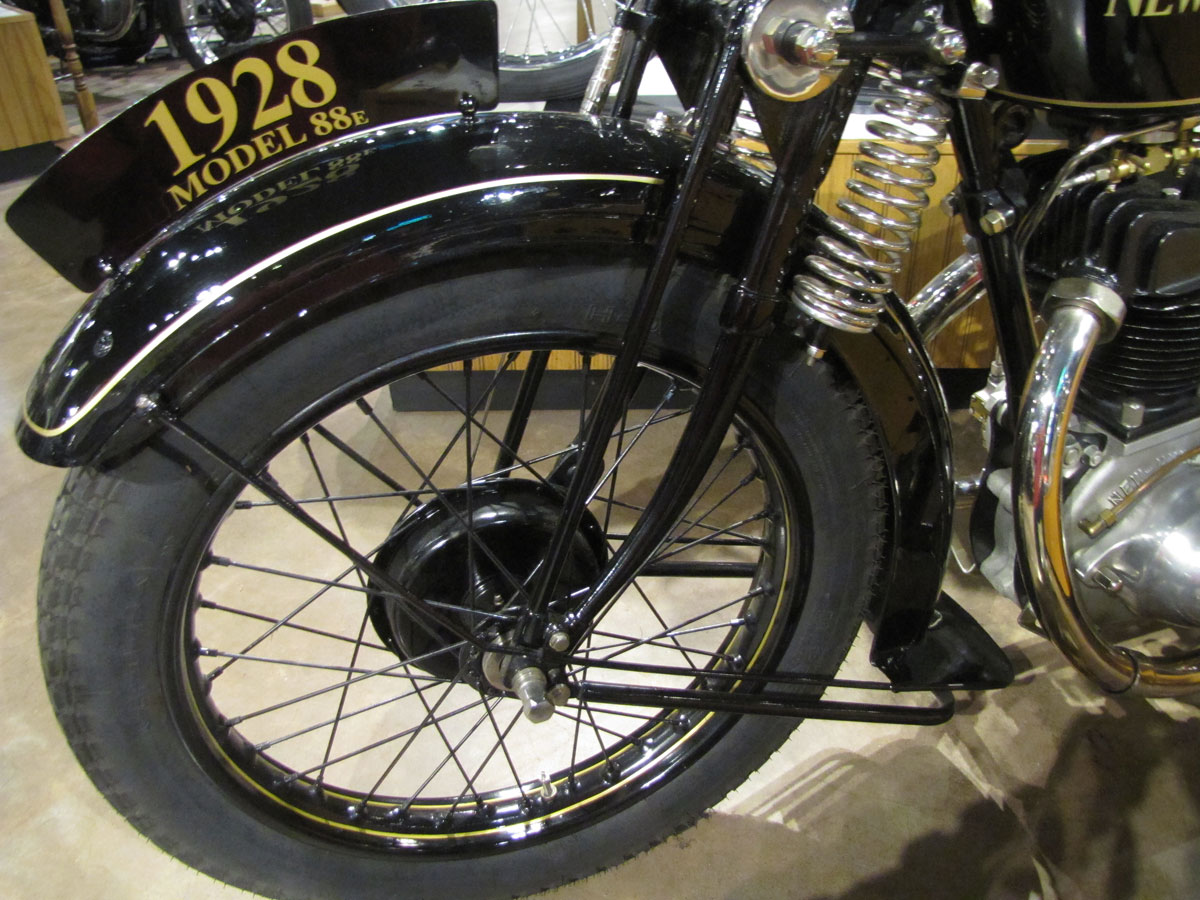
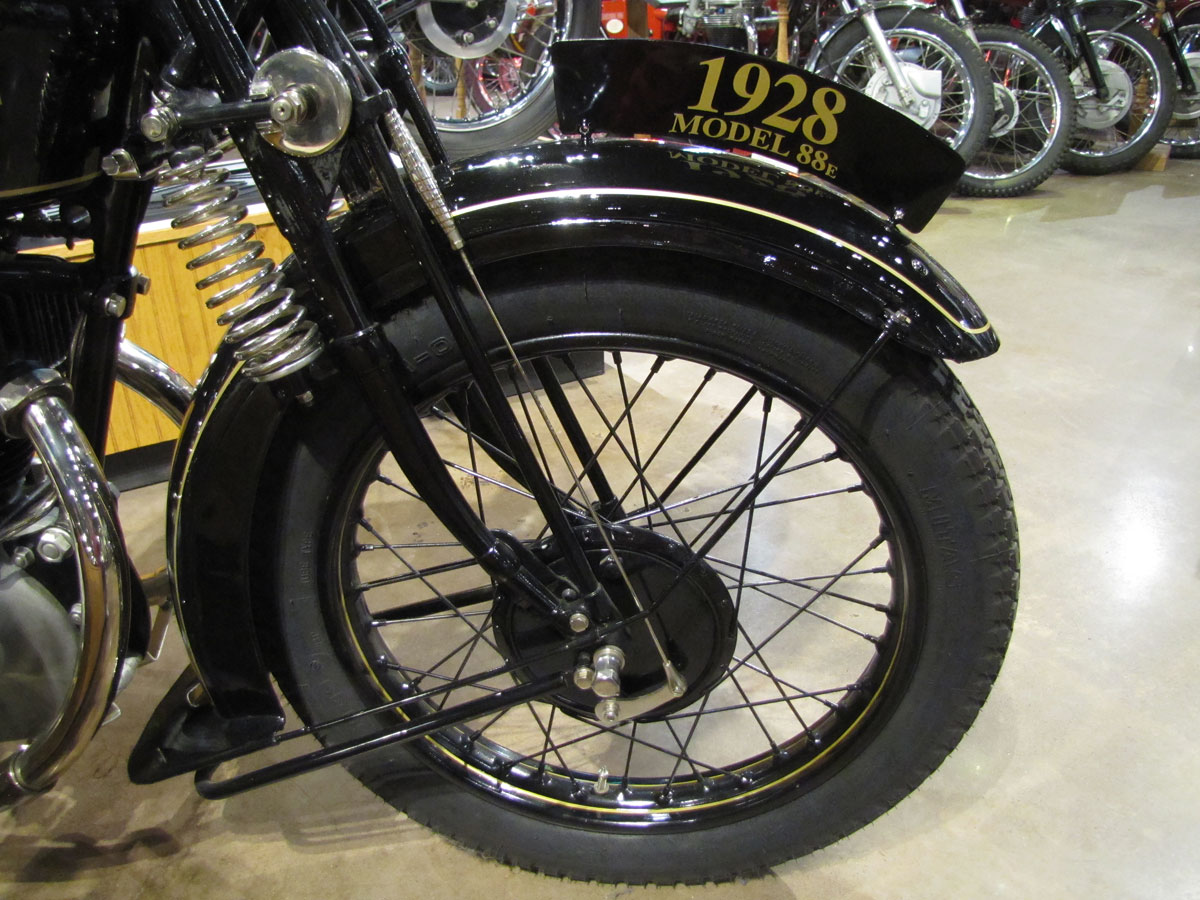
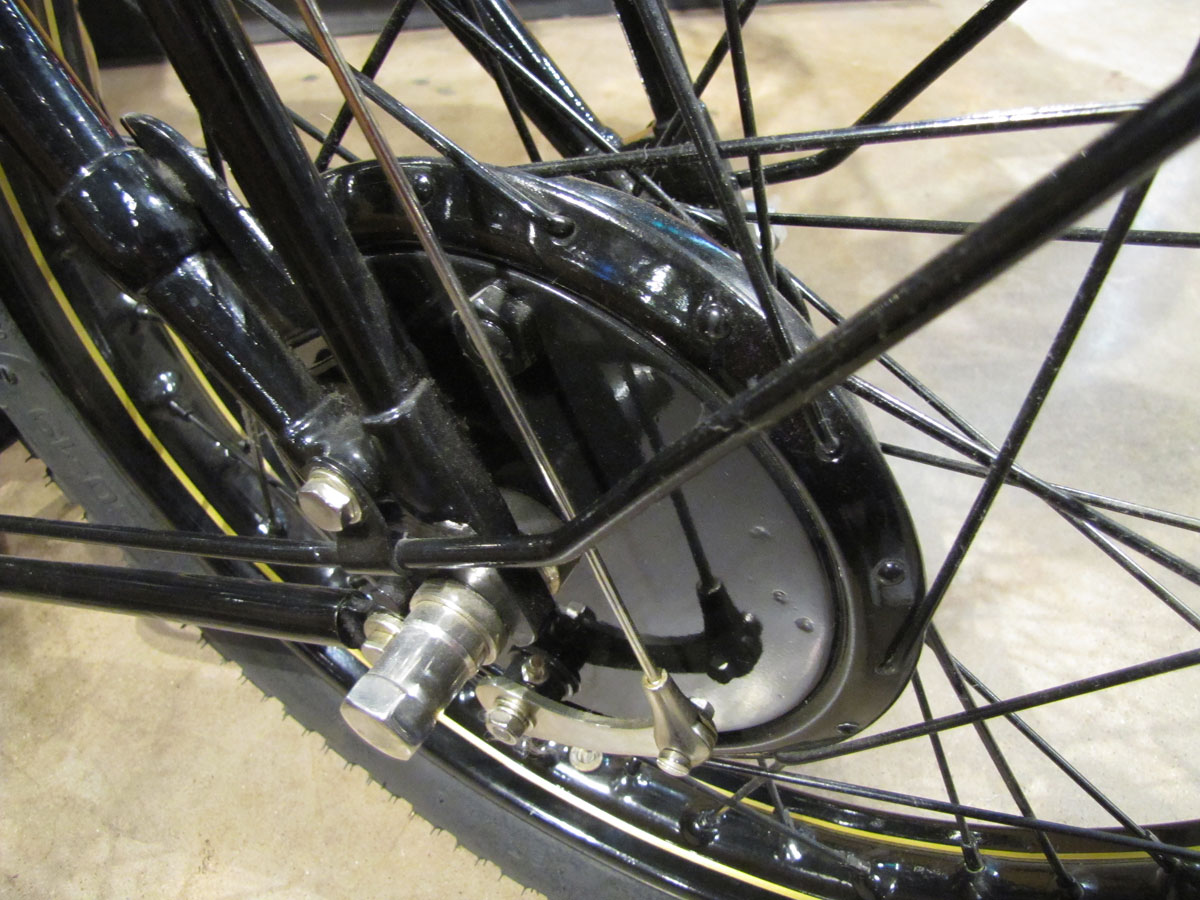
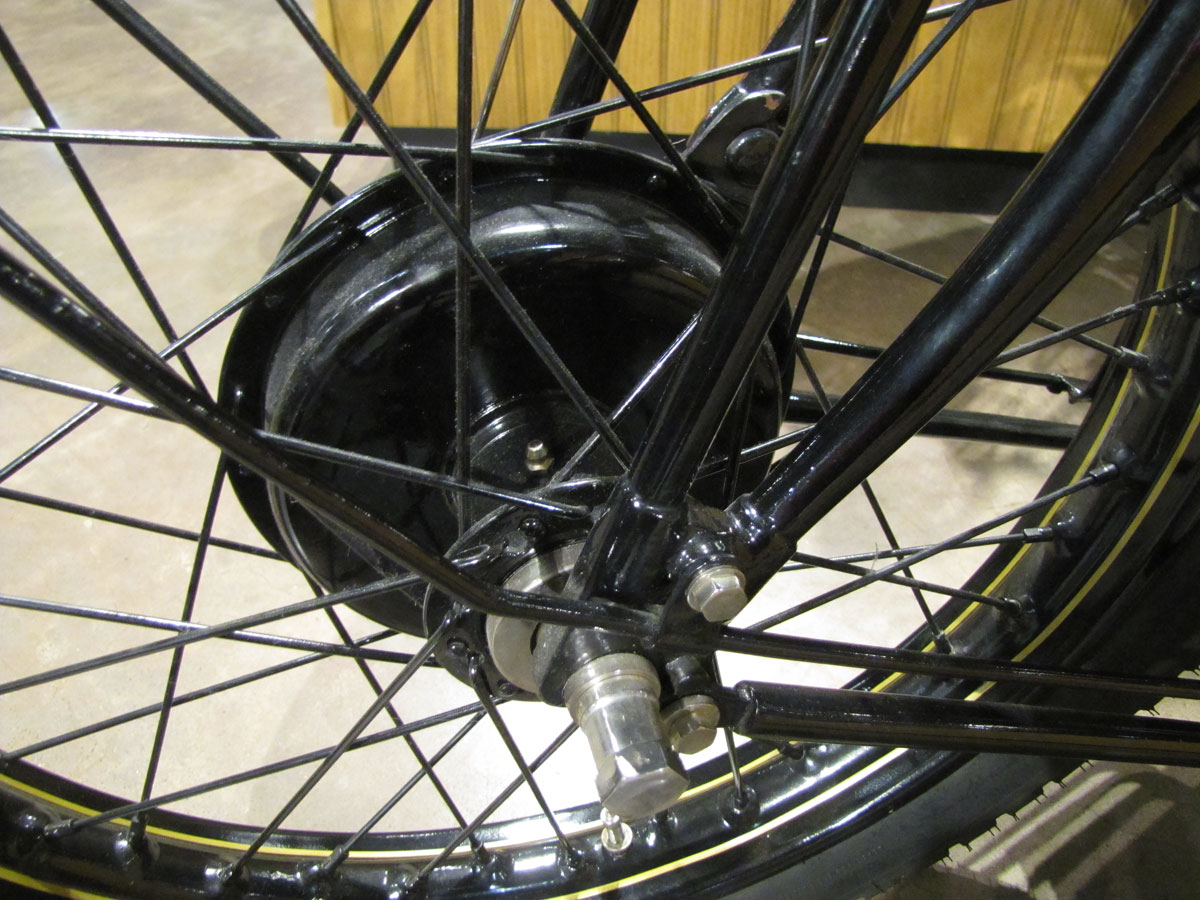
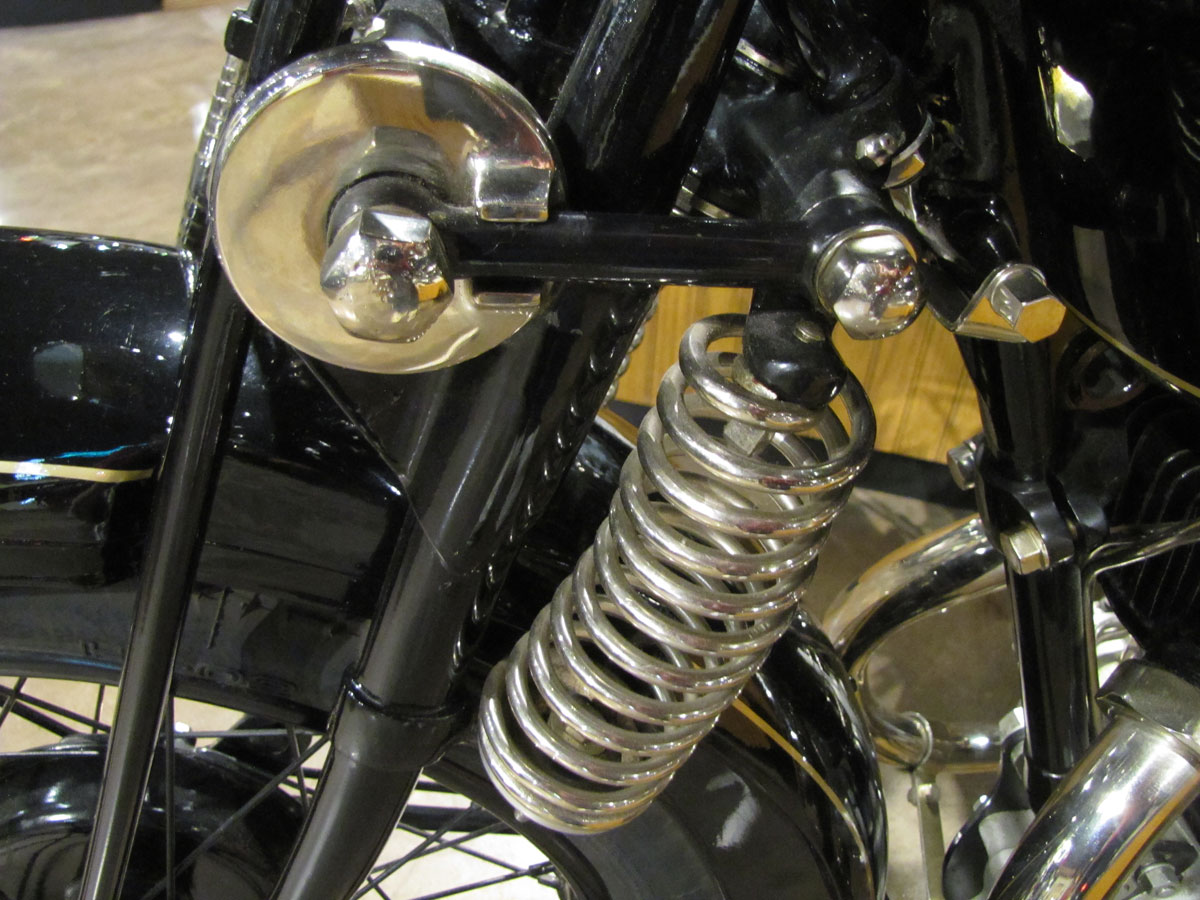

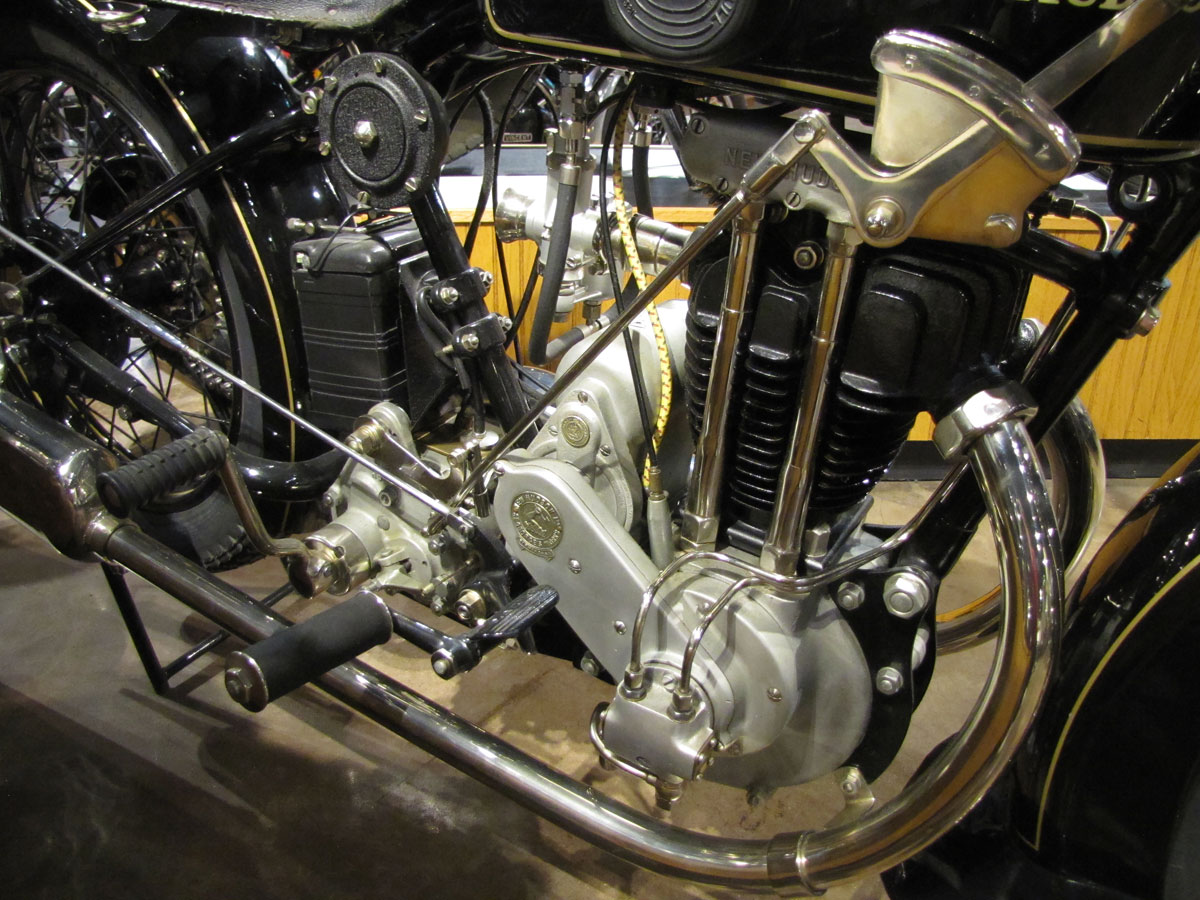
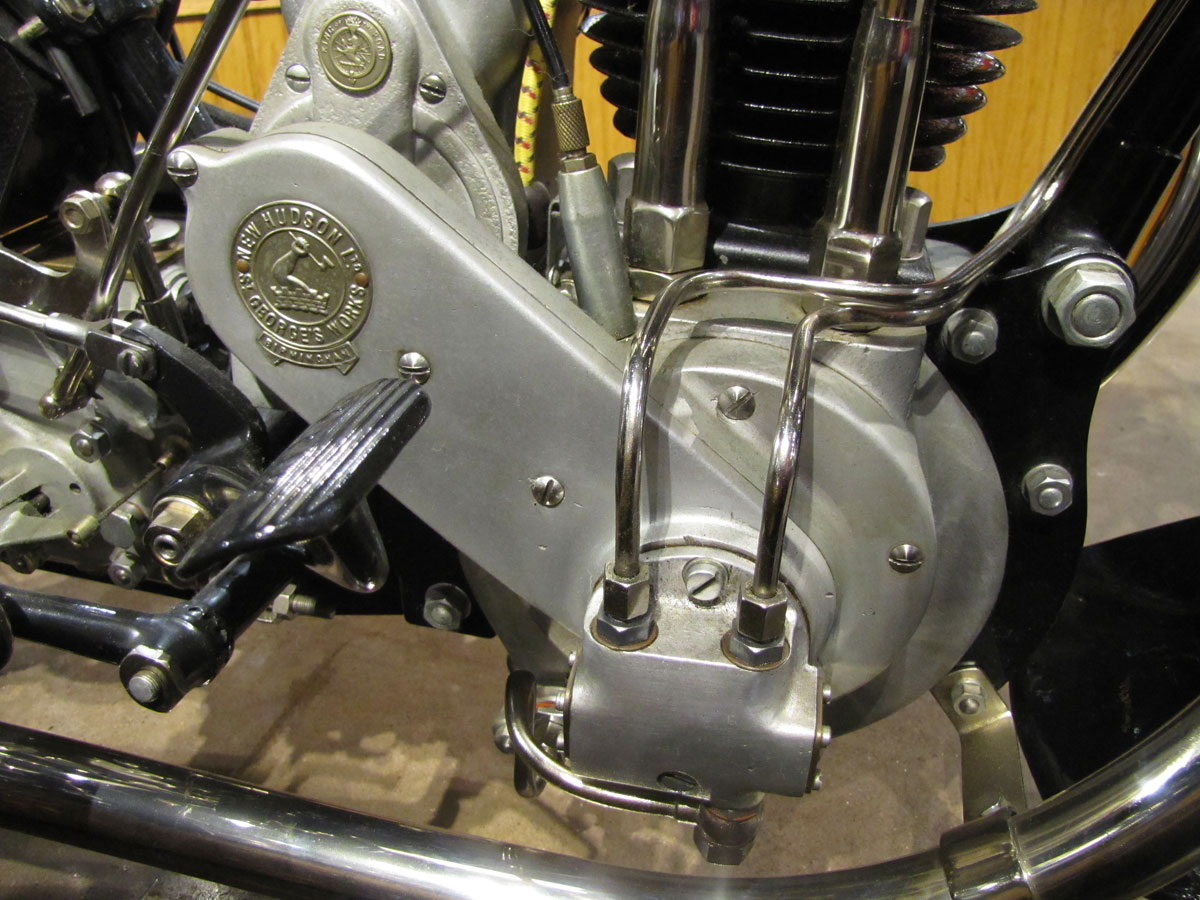
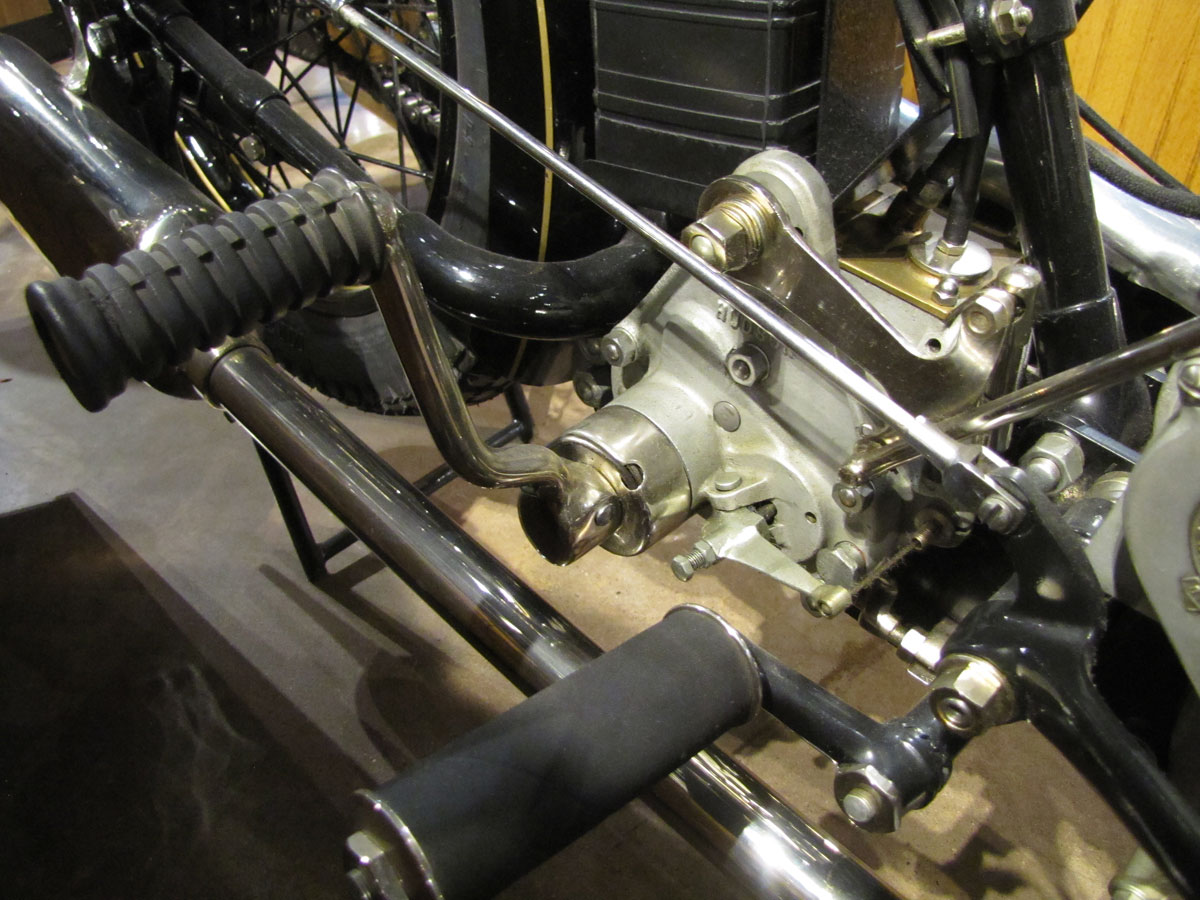
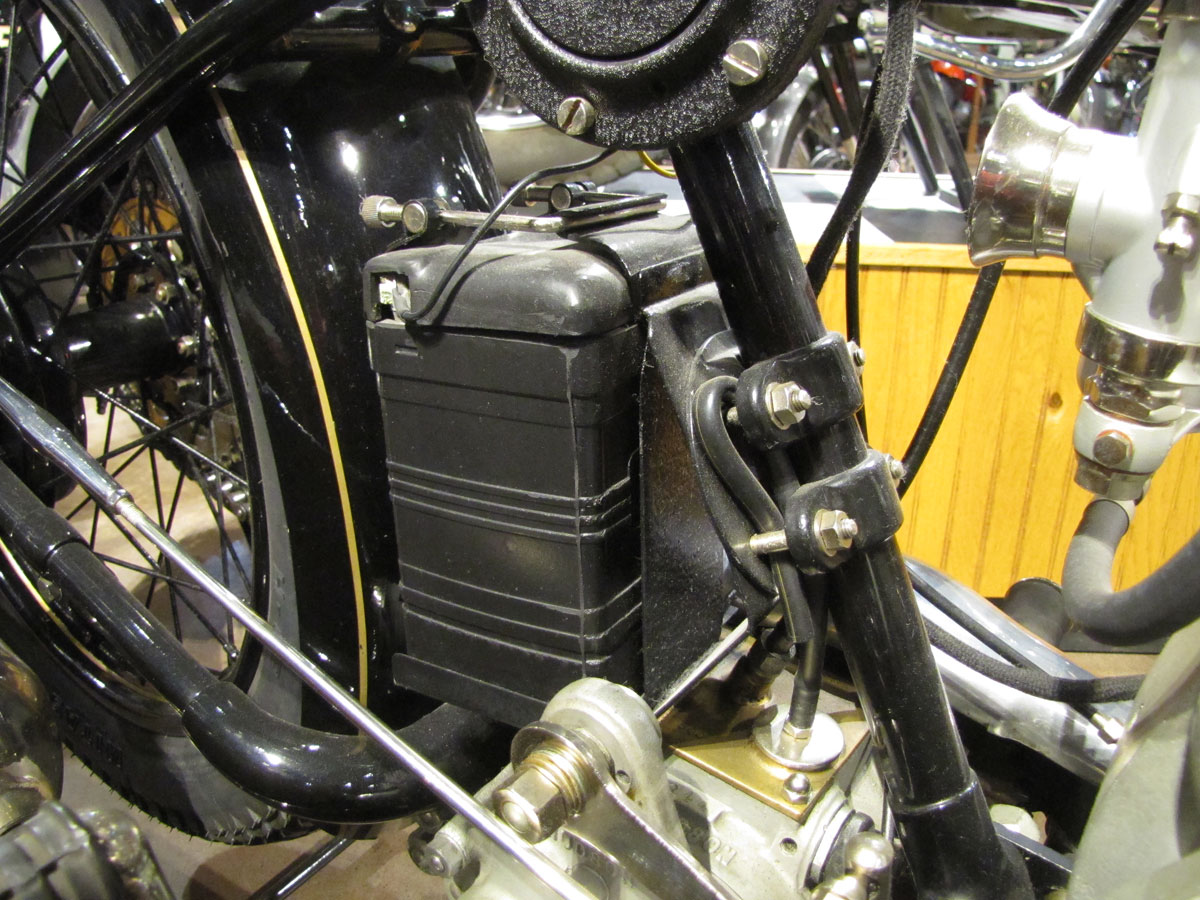
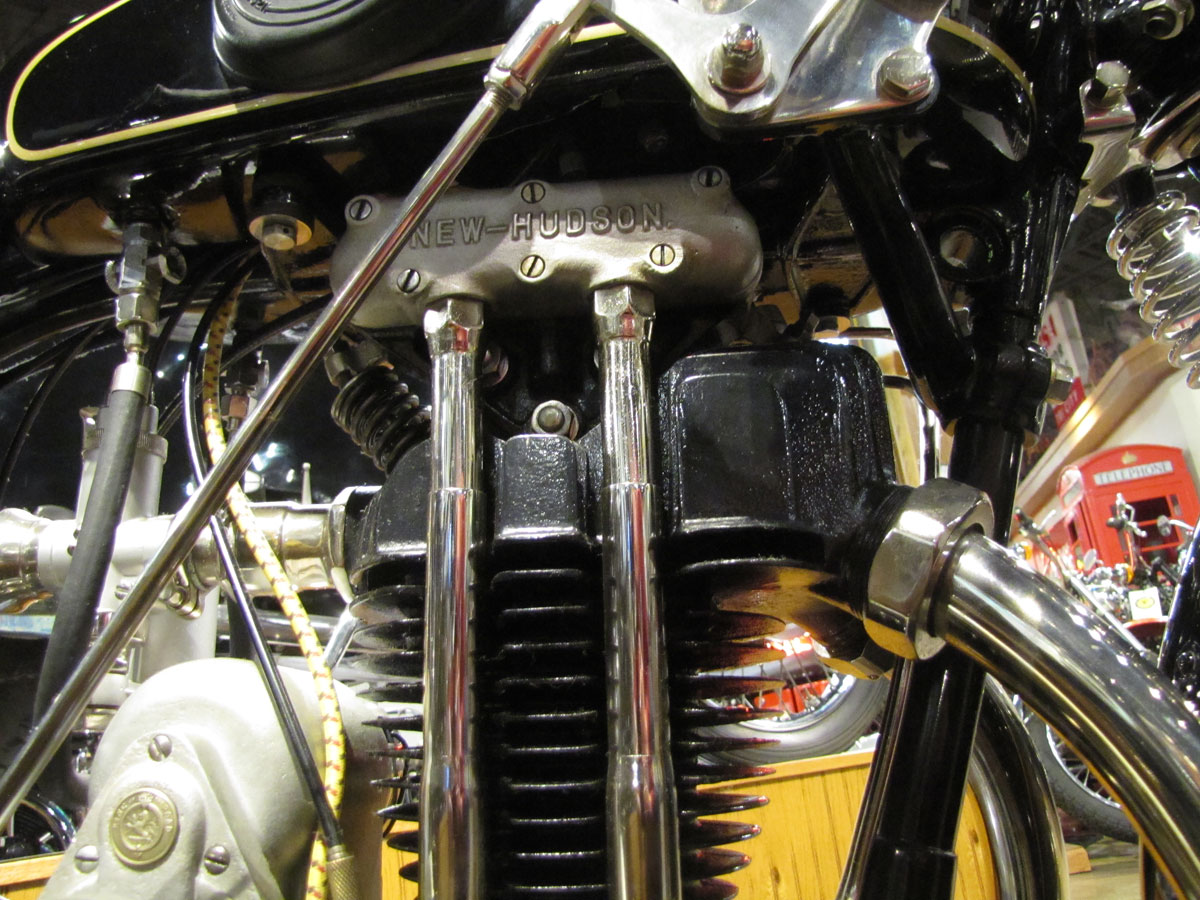
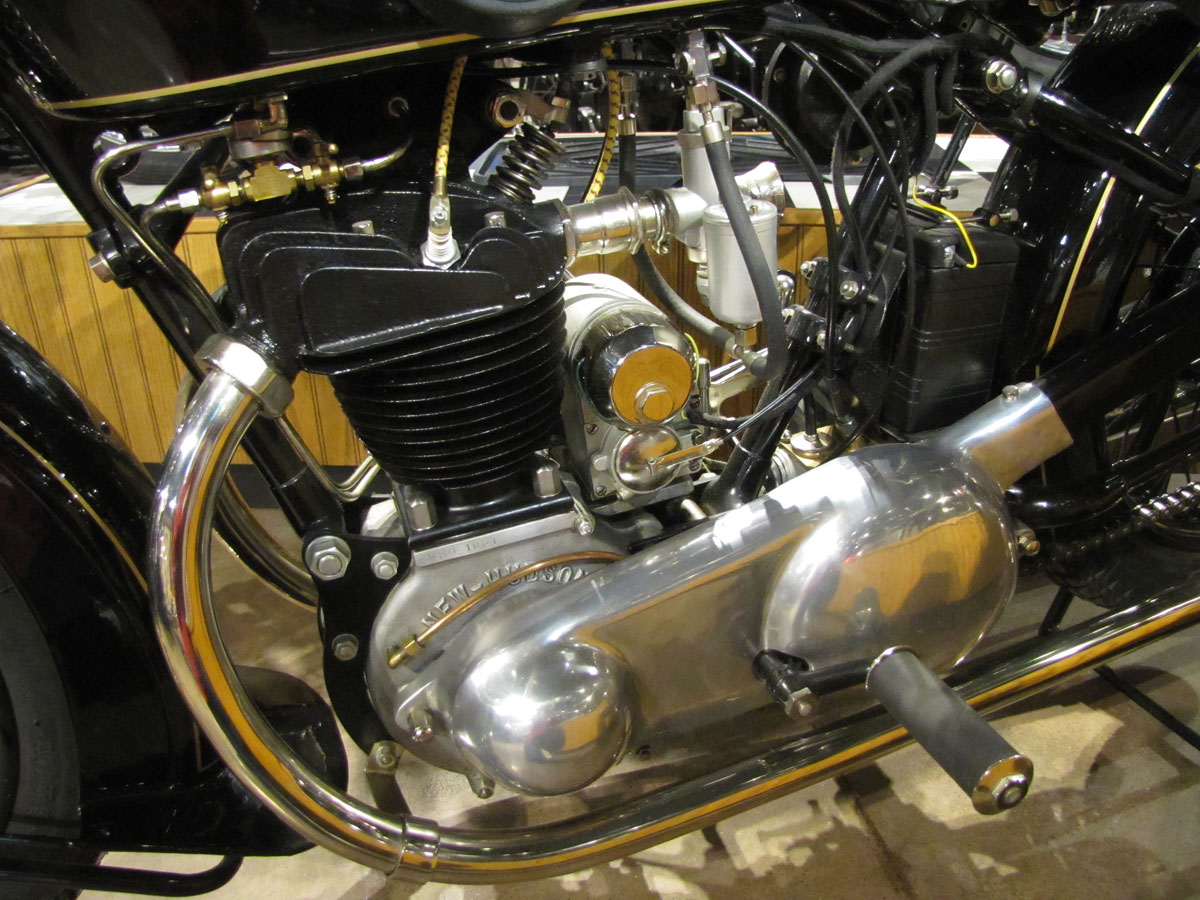
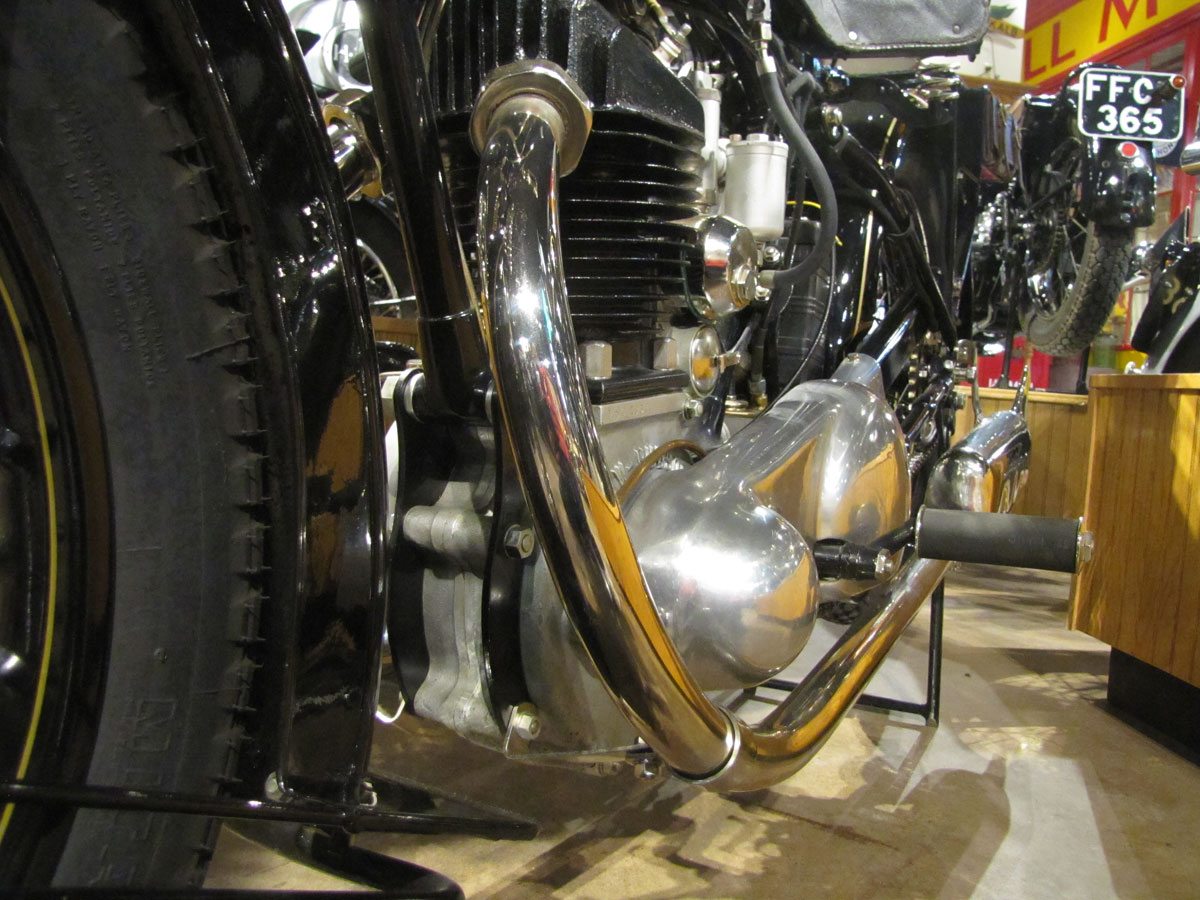
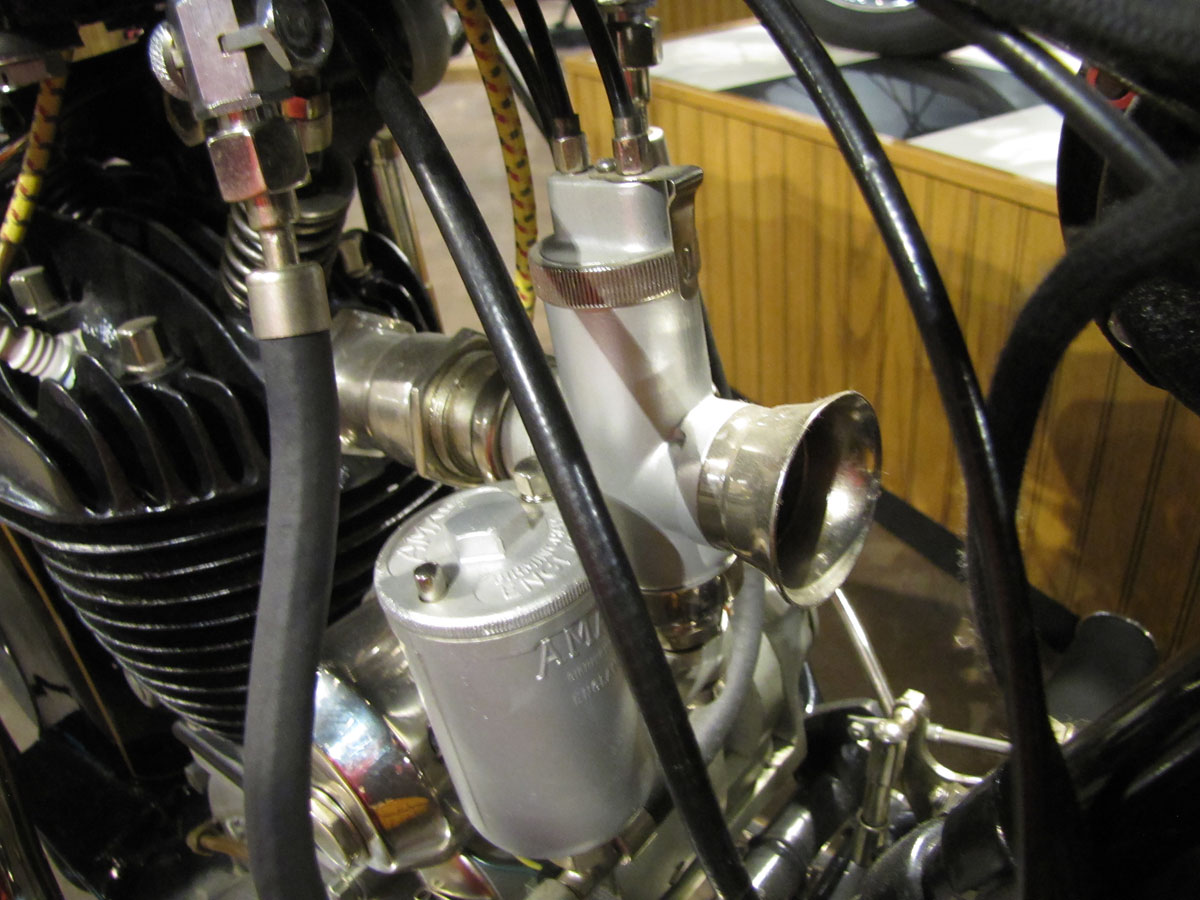
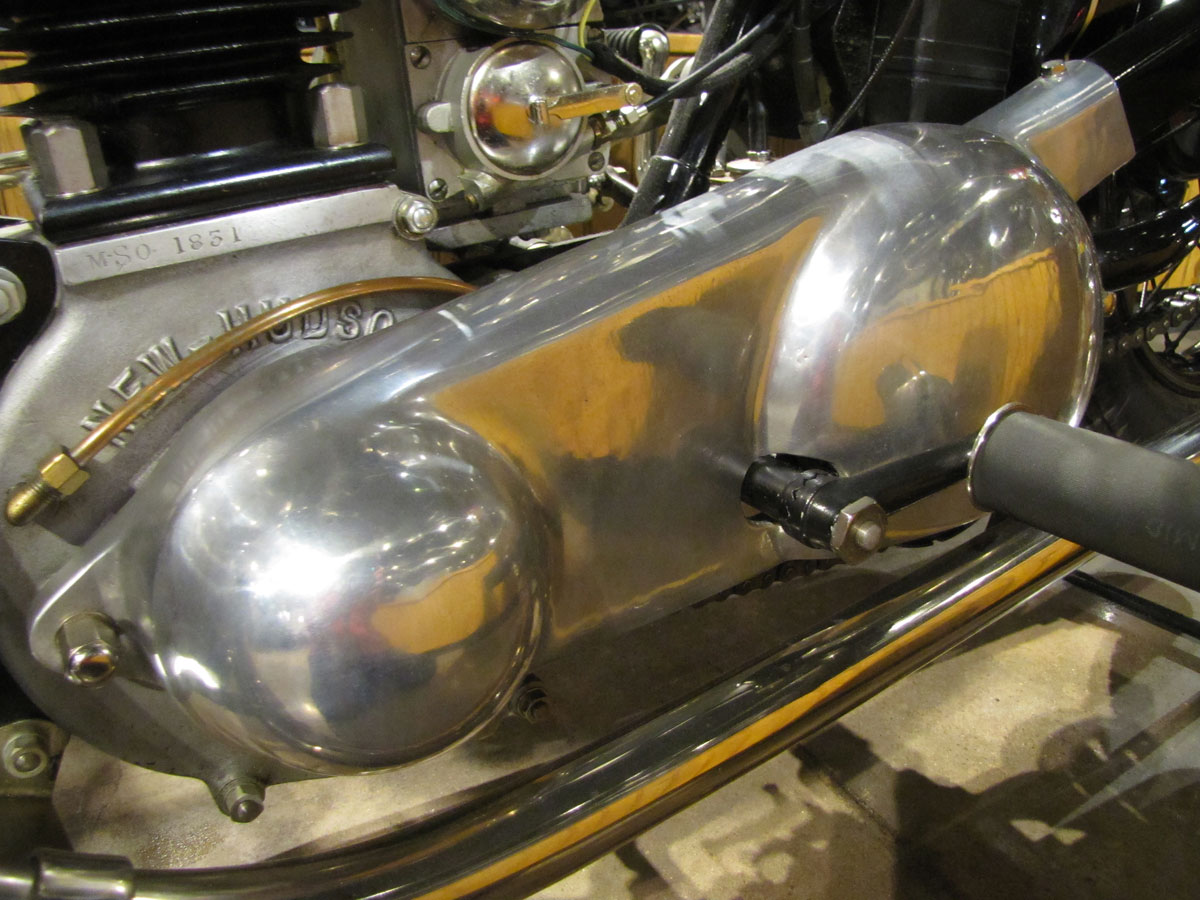
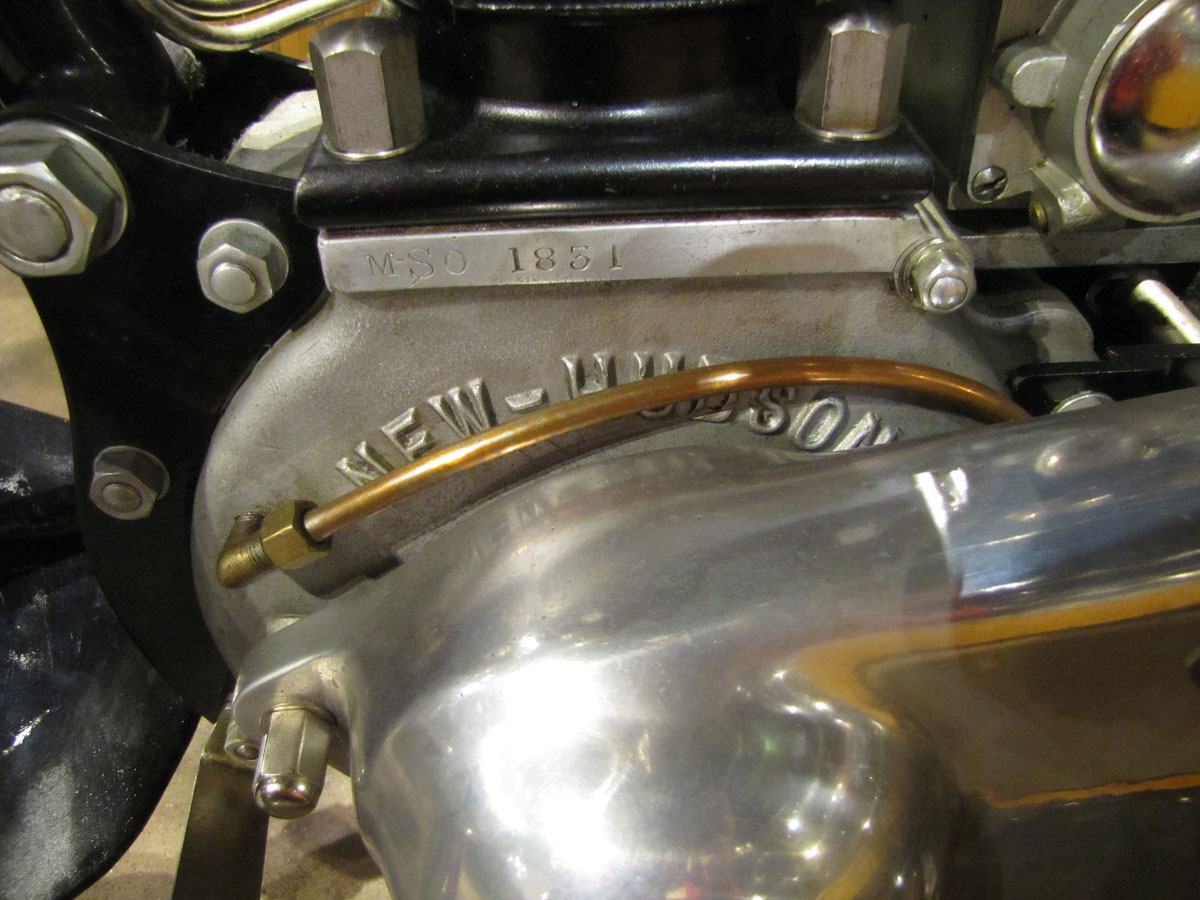
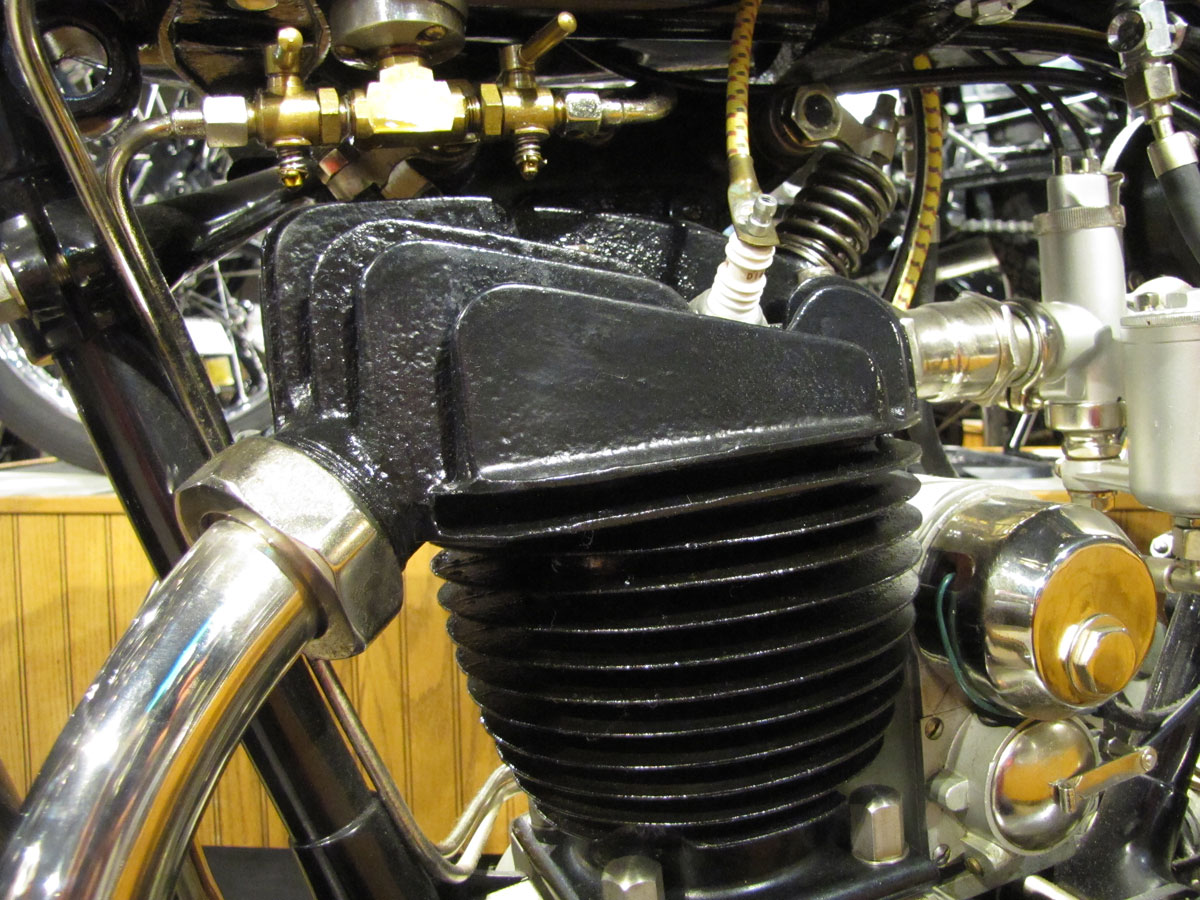
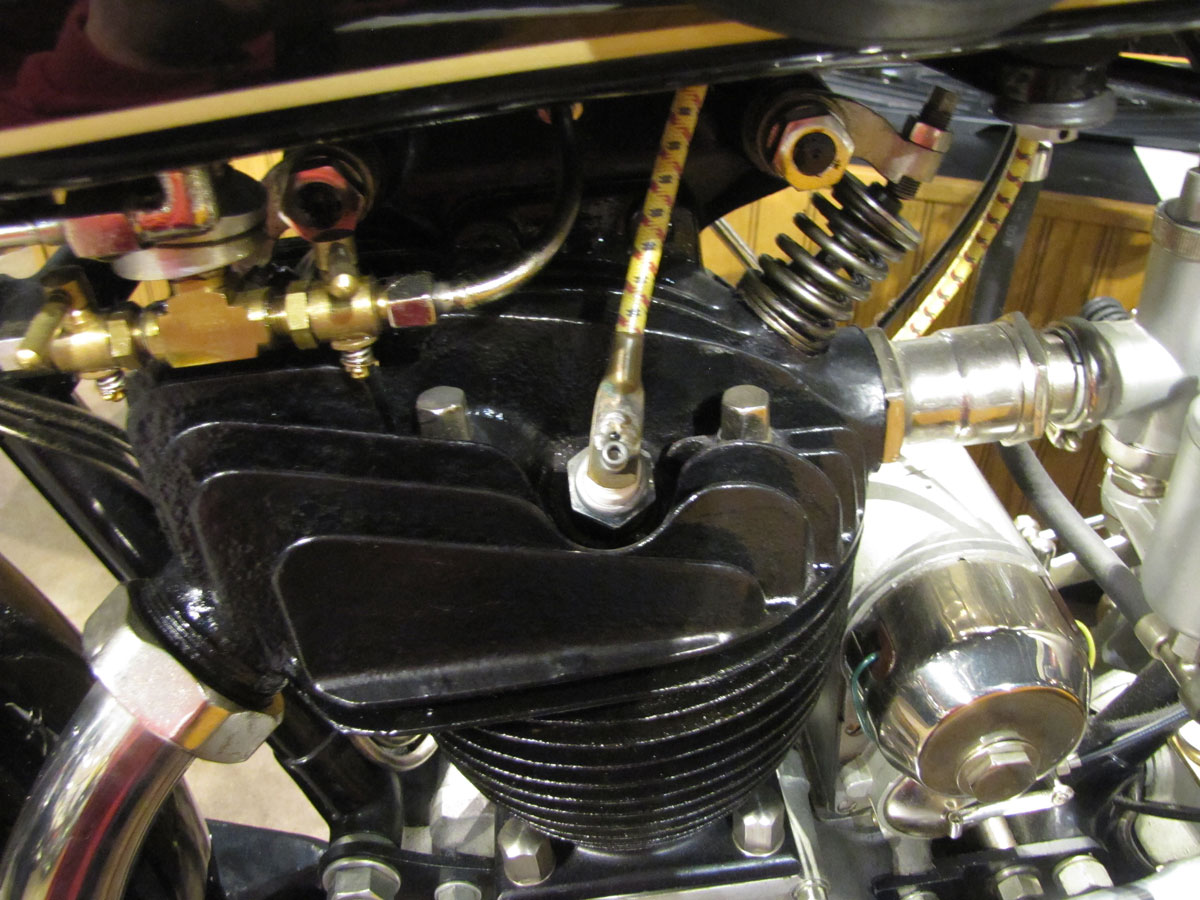


Awesome Machine ! Would nice to hear the story on how the Museum acquired this very rare Cycle . Thanks for Sharing and keep the stories coming!
Actually, the New Hudson is on loan to the Museum, not part of the collection. I am not recalling where it was purchased but likely at one of the big motorcycle auctions like Mecum or Bonham’s. But another good source for old motorcycles is AMCA meets, and the ads in the back of the Antique Motorcycle Club of America’s magazine.
Thanks for the note.
This is a very rare motorcycle, and a credit to its restorer, but sadly the description isn’t totally accurate. Le Vack designed this New Hudson engine, building on his design development of JAP racing engines, and also laid the foundation of the speedway engines, but was not the designer of the well recognised JAP single port engine.
The forks are not Webb, but New Hudson forks made under license from Druid as far back as 1921. Engines, frames. forks, gearboxes, tanks, were all made in the
New Hudson works .
New Hudson designed and built pretty
much everything to their own specifications, other than carbs magnetos, saddles and oil pumps.
Neil Smith, (New Hudson Marque specialist)